It’s the summer time in the northern hemisphere.
For expats, it means that a major relocation season is here. Those people with a job, which requires them to live abroad, often relocate to another country or repatriate between June and August. I imagine that those, who are scheduled to relocate to the Philippines this summer, may be wondering about what it’s like to be in Manila during this time.
Manila, just like many other cities with a sizable expat community, witnessed exodus of foreign nationals from the city. Some expats who sought a safe haven back in their home countries during the COVID-19 crisis may be researching a good timing to fly back to their home abroad now that many countries reopened the economy.
Before I start, please know that this is just one perspective of an expat family who lives in Manila. Experience is subjective. My post doesn’t represent the voices of all the expats who have remained and hunkered down in the city. Since you can easily find news about the Philippines in English, my focus in this post will be on our day to day details of living during the coronavirus crisis in a mega city in Southeast Asia. I hope this post will answer some of the questions that expats may have about the current situation in Manila.
If you have other questions, please feel free to leave a comment down below or send me an email message at chuzailiving [at] gmail.com.
How Philippines Responded
On March 6, the news about the first local transmission case of a Filipino who hasn’t traveled internationally was reported. Metro Manila Lockdown was announced 6 days later and it went into effect on March 15 2020, which was 10 days after the discovery of the first local transmission. It was a week ahead of the lockdown in New York City.
Just to provide a perspective, here’s the timeline of New York City. The news on a family of 4 in New York City testing positive was reported on March 4. (The first case in New York City of an individual who traveled back from abroad was reported on March 1.) The governor of New York announced on March 17 that New York City could not be quarantined. Then, on March 22, the stay-at-home order went into effect for New York, 18 days after the report on March 4.
What I’m trying to convey here is a mere comparison. It just so happens that they both are mega cities that learned about their earlier local transmission cases around the same time. However, the timings of their responses were different. Philippines reacted very quickly compared to many other nations. The only country that may beat to the Philippines that I can think of is Vietnam.
Why Some Expats Didn’t Leave
We all saw the lockdown in Italy on the news with concern and thought we could be next. This was at the beginning of March. From then, a big number of expats all across the globe started to evacuate back to their countries. Having witnessed the exodus of expats from Manila, there were a few times I questioned my decision to stay. I wrote about our life during lockdown in Manila here.
There is actually a good number of expats who stayed in Manila just like us. Unlike many evacuations that I have heard about in the last 17 plus years throughout my husband’s career abroad, the crisis this time was significantly different. For the first time, it was a global one.
The reality of evacuation for expats could not be stated as simply as some wanted to leave, and some wanted to stay. It was more complicated. Some people couldn’t leave due to their job obligations. My husband happened to be in this case. Even if you were given an option to leave, there were many variables to consider. Can all the family members leave? Where to go? Is there a place to stay? Who pays for the temporary accommodation? What if we can’t enter back into the country? What about schooling? Not knowing how long the crisis could last, every expat had to weigh in pros and cons of leaving and staying. In reality, it was more like not all the expats had the privilege to leave and go to a safe haven.
Spending The Summer Not Leaving
Now in July, many countries reopened as you know. Many expats who had hunkered down in Manila suddenly found themselves unable to travel anywhere outside of the country during the summer break. Based on the current foreign travel restrictions, you may not be allowed back in unless the regulations change.
For most expats who didn’t leave Manila and are staying in Manila for the whole summer, they gave up opportunities to see their families and friends back home. It is not an easy decision. For those of us who have aging parents, the loss of opportunity to see them once a year is a big deal.
The options for what we can do in the Philippines during the summer with kids are limited. Tourism industry hasn’t been reopened yet. Personal travels within the Philippines are restricted. (You can refer to the guidelines issued by the Department of Transportation here.)
Many friends who traveled back to their countries seem to enjoy the liberty of traveling and exploring. They should and I would’ve done the same if we were in the same position. It can be rough for those of us who stay behind in Manila to see photos of people vacationing and simply living a normal life. My oldest daughter has taken it the hardest. Having said that, though, I have no regrets for our decision. Knowing what I know, I would make the same decision to stay.
Enhanced Community Quarantine & General Community Quarantine
In the news, you frequently find the usage of “lockdown” as a general term to describe measures taken by a number of governments to contain the spread of COVID-19. However, there are a wide range of variations of them.
In the Philippines, a term “Community Quarantine” has been used by the local government officials. Metro Manila was put under Enhanced Community Quarantine (ECQ) from mid March to mid May. After mid May, parts of the city (based on the existing number of cases) transitioned into Modified Enhanced Community Quarantine (MECQ). Then from June 1, the majority of Metro Manila shifted to General Community Quarantine (GCQ).
Those terms may not mean much to you if you don’t live in the Philippines.
Here are my descriptions of these terms…
Enhanced Community Quarantine (ECQ) – Similar to lockdown. Strict restrictions of movement of people & business activities.
Modified Enhanced Community Quarantine (MECQ) – An eased version of lockdown with a bit more freedom for movement.
General Community Quarantine (GCQ) – Similar to stay-at-home order.
Instead of providing guidelines for each regulation, I will try to present how our activities were affected.
Stores & Malls
During the ECQ (Enhanced Community Quarantine), only essential stores operated: grocery stores and some pharmacies. Therefore, all the businesses that were considered non-essential were closed. It was pretty much the same as everywhere else in the world. All the supermarkets in Manila operated for shopping while practicing social distancing. I heard that store staff stayed and slept in stores since there was no public transportation. I will explain more in details about shopping experience later. Restaurants were open for pick-up and delivery only. Coffee shops were closed for the majority of ECQ, but they started to open after Manila transitioned to MECQ, Modified Enhanced Community Quarantine, in mid May.
When Manila transitioned to MECQ, shopping malls opened as well.
Permit To Go Outside
Only one person per household was allowed to go outside under ECQ. Each household received one permit issued either from the building or a district office. The permit enables one person per household to use it. You are expected to present it when you go out and enter any buildings or stores. Often times stores didn’t check, but I still carried my card everywhere when I went outside.
When I went to an SM Mall after shopping malls were allowed to reopen in mid May, only those with a permit was allowed in. It seems to be a clever way to keep the number of shoppers low.
After June, the restriction eased even more. The security guars at shopping mall entrances stopped checking household permits. Children under 20 are still not allowed in shopping malls. Some supermarkets allow young children, but some still don’t allow their entry in July. There are some restaurants that opened for dining after mid June. We went to our favorite cafe restaurant in Manila on July 5. I will write more about it later.
Stay-At-Home Order for Children & Elderly
Children under 20 and adults over 60 were not permitted to go outside from March to June.
After Manila transitioned into Modified Enhanced Community Quarantine, MECQ, in mid May, children and elderly people have been allowed to go outside for the purpose of exercising in our community. The quality of life for our children started to improve little by little after the MECQ. It was a slow gradual process. Many families in Manila are grateful for the changes.
Even under GCQ, General Community Quarantine, the much loosened rules, it seemed that the restrictions to go out for children and elderly people for the purpose other than exercise remained the same till the end of June. Even today when I go shopping, I hardly ever see children outside.
The schools will remain closed until August for now. The decision remains to be seen later. From now till August, many things could happen.
Public Transportation
There is no public transportation that are allowed to operate since the lockdown started. Even during GCQ, many means of public transportation by land will remain suspended. Private vehicles, private shuttle buses and taxis are the major means of transportation at the moment.
I saw this tram looking shuttle bus that was headed to Mall Of Asia for the mall employees. I thought it looked so nice!
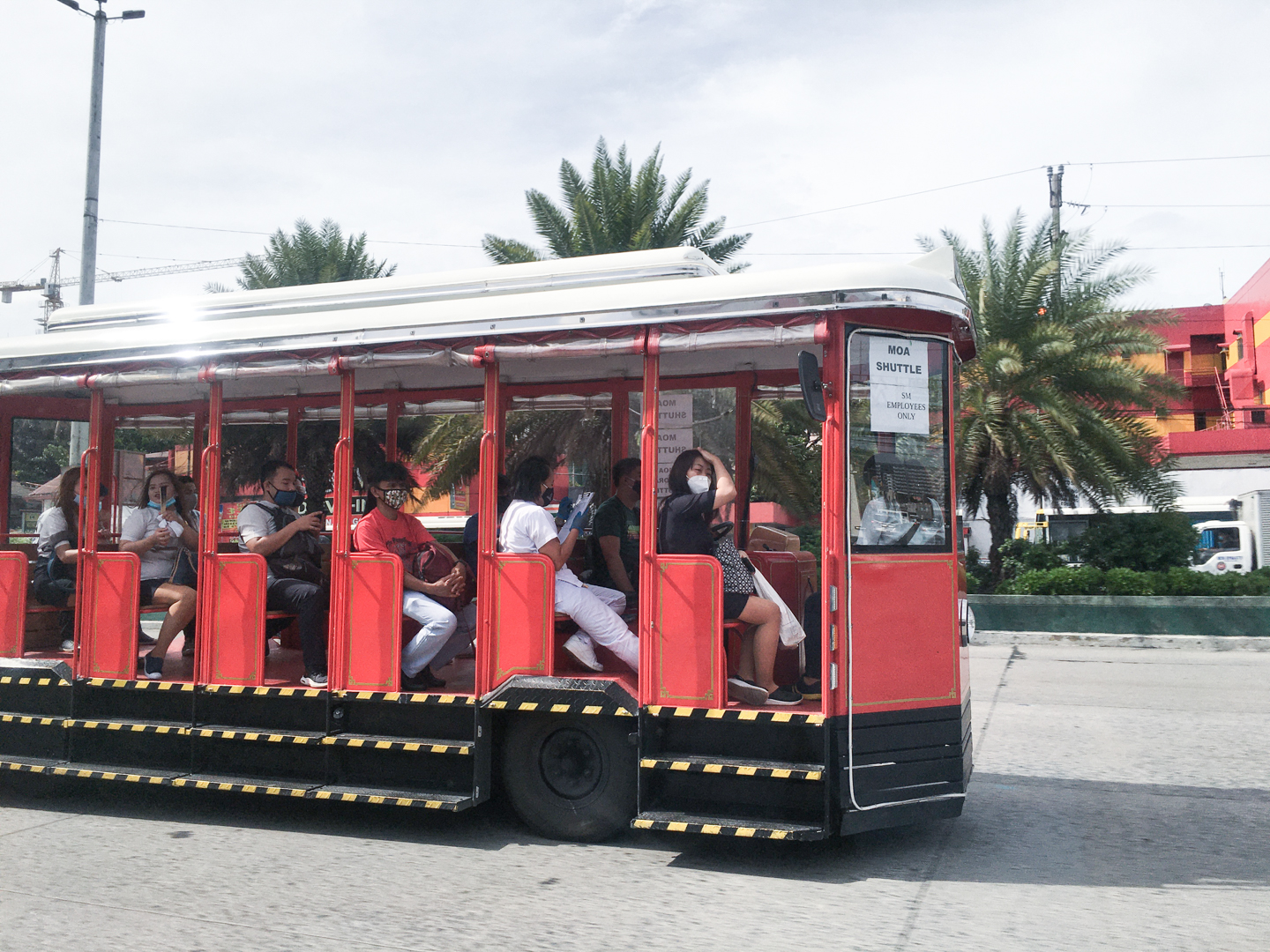
Flights
International flights in and out of Manila have been available the whole time. The number of flights were very scarce, but they were available. The boarder never closed in that sense. Please refer to the official website of the Department of Foreign Affairs for updated information on entry restrictions on foreign travelers.
Medical Services
Fortunately none of us had to go seek medical help so far. Knock on wood. I met an expat whose husband had to go to St. Luke’s Hospital in BGC, Manila for a procedure. It’s one of the two major hospitals well known among expats in Manila: St. Luke’s and Makati Meds. St. Luke’s Hospital separates entrances and wards for COVID-19 and non-COVID-19 patients. She said that she was very impressed with the medical services at St. Luke’s.
Dental clinics and orthodontists also accept patients now. Medical offices ask you to fill out health forms to screen their patients prior to their arrival. When you get to the office, they will take your temperature. You probably experience the same procedure at your doctor’s office in your country as well. Some offices here started charging a minor fee for the special measures they have implemented for the COVID-19 prevention.
Masks
It is a mandate for everyone to wear a mask in public. No exceptions. There is a fine if you are caught in public without a mask. Even if you’re sweeping a street outside of your home and no one is around, you’re expected to wear a mask. I have gone out in my car without a mask a couple of times. One time I realized I wasn’t wearing a mask as the car was entering a security gate. I had to open the window for a temperature check. Oh, the fear! Since I always keep a handkerchief in my purse, I used it to cover my mouth like a mask. From then on, I’ve started carrying an extra mask in my purse in case I forget to wear one.
This is my normal look these days.
Curfew
A curfew has been imposed from the beginning of lockdown in Manila in March. During the Enhanced Community Quarantine and Modified ECQ the curfew started at 8:00 p.m. and ended at 5:00 a.m. Since Manila entered GCQ, the curfew moved to 10:00 p.m. to 5:00 a.m. Delivery service employees and other workers who carry a special pass to work outside the hours of curfew are permitted to work.
Condominium Living
I heard stories from our friends who live in condominiums about their living conditions. This is not my first hand experience, so I hesitated to write them here, but I wanted their stories to be heard as well because they may affect some future arrivals. Strictness of regulations varied from a condominium building to another. If you find a specific building of your interest, you may want to ask a few expat residents in that building about their experiences of living there during the COVID-19 Quarantine.
Some buildings in Manila didn’t allow children to go outside during the Enhanced Community Quarantine. They couldn’t even go to the public areas of the condominium. Some of our friends’ kids did not step outside of their units for 2 months until Modified ECQ. After Manila eased into MECQ in mid May, condominiums started to allow residents to make an appointment for an hour slot so that they can take their children outside. Children were still not allowed to interact with each other even outside.
When the city went into General Community Quarantine in June, the regulations became more lenient. People were allowed to take their kids outside longer. Many buildings started to open their swimming pools on an appointment base.
Grocery Shopping
We haven’t experienced a shortage of toilet paper in Manila. In case you are wondering…
Overall, the grocery stores I have gone have been well stocked with all the products the whole time.
There are many stores, vendors, restaurants and shops that deliver food and other items to residents in Manila. Some of them take orders on their website, by phone, or text. Some others take orders through Facebook page or messengers.
Most of the stores in Manila installed plastic partitions sometime after the city transitioned into Modified Enhanced Community Quarantine in mid May to protect their employees. I’ve been very impressed.
Stores I Go To
Since I like to pick fresh produce myself rather than shopping them online, I find it easier to go to a grocery store to get everything I need at once. My schedule so far has been going grocery shopping a couple of times a week. In my experience, shopping for groceries in Manila has been pleasant. The three grocery stores I have gone to shop on a regular basis are S&R, Healthy Options and Rustan’s. S&R is equivalent to COSTCO, and Healthy Options is similar to Whole Foods in the U.S., but much smaller in scale. Rustan’s is also a nice high-end grocery store. It seems to have more imported products. I alternately go to those stores because I find the stores easier to shop than others.
Best Time To Go Shopping
All the stores limit the number of customers they would let in at a time. They practice social distancing with marks on the floor, take temperature and provide hand sanitizers. Stores won’t allow your entry without a face mask. I have always gone shopping either on Tuesday, Wednesday or Thursday between 12:30 and 2:00 to beat the crowd. I haven’t waited in a line outside during these time frames. Saturdays are usually busy and the wait is long.
Weekend during ECQ – No, Thank You!
*Note: You no longer see this type of long line since Manila transitioned into General Community Quarantine.
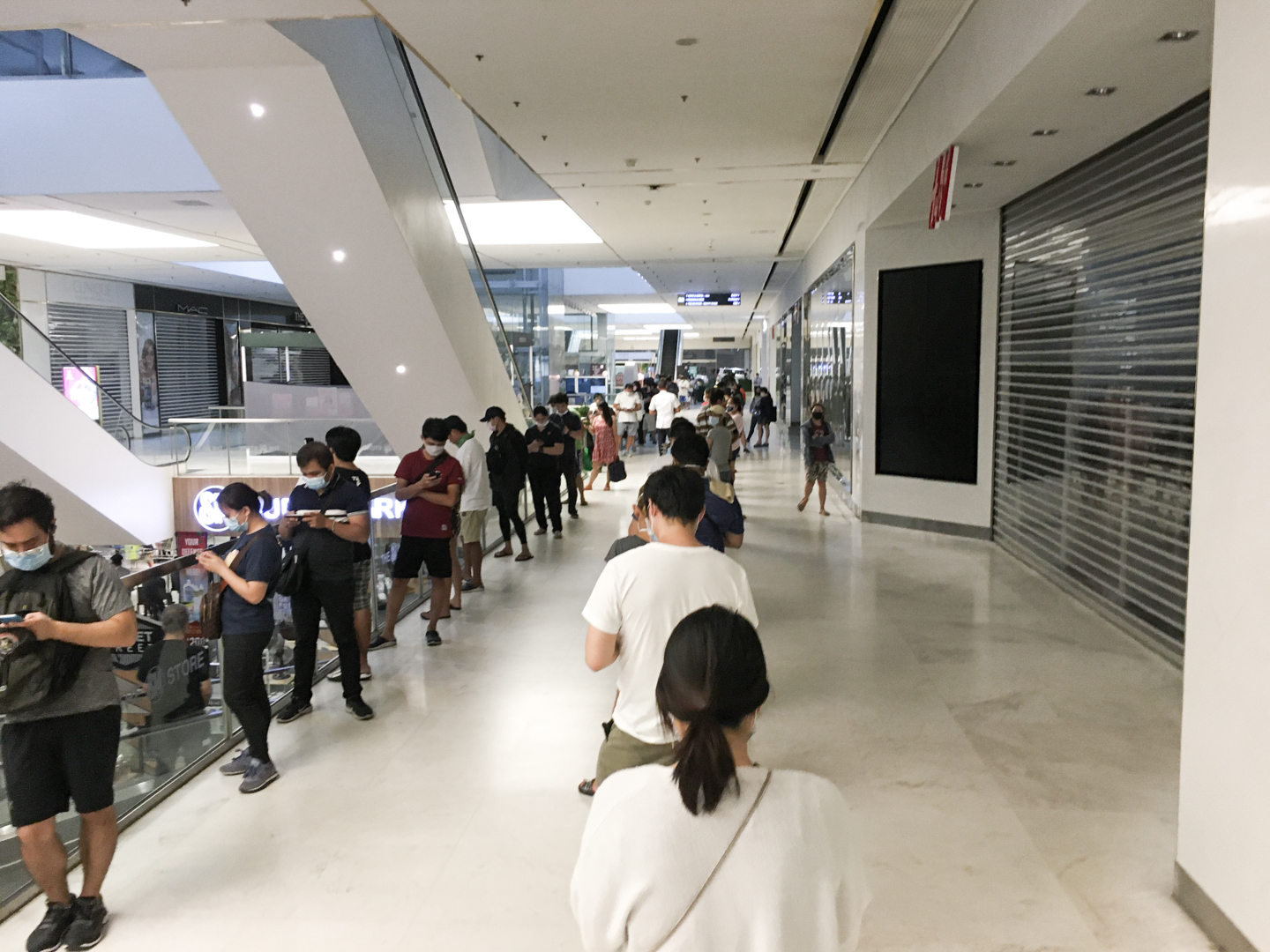
Line at a cashier on a Saturday.
Tuesday – Thursday Between 12:00 – 2:00 – No line.
*Update: Now in General Community Quarantine, I no longer see lines outside of supermarkets during the week.
Food Delivery & Pickup We’ve Used
ROYAL INDIAN CURRY HOUSE
You can order online through their website. You can pay cash on delivery. It’s delicious. Ordering on the website is easy and reliable. It shows you a tracker which is also nice.
PEOPLE’S PALACE – Thai
People’s Palace offers a take-out menu. It’s our favorite Thai Restaurant in Manila. We’ve ordered by text or phone and always went to pick up the food at the Blackbird restaurant, which is a sister restaurant to People’s Palace.
BLACKBIRD
Take-away Menu
Blackbird is one of my favorite restaurants in Manila. I have featured the restaurant on my blog before. Click here to view the post. People’s Palace and Blackbird are owned by the same company.
Wildfour is another favorite of my family. As you can see if you scroll down, we’ve dined in at Wildflour. It was the only place we’ve explored dining in after restaurants were allowed to open. They also offer take-out, delivery, pick-up and more.
UNAKICHI
It’s a Japanese unagi restaurant, which also offers other Japanese dishes. You can look at their menu on their Facebook page and order by phone.
BIZU PATTISERIE | Bizu Facebook
RITA’S KITCHEN – Indonesian Food
NISHIKIKEN – Japanese Groceries
DALAWANG MILKMEN – Delicious Yogurt Delivery
Restaurant Experience In Manila During COVID-19
For the first time in 3 months, we ventured out to dine at one of our favorite restaurants in town, Wild Flour. New plastic partitions were installed. The pastries were all now displayed within the plastic partitions. It looked aesthetically pleasing while keeping the food and workers safe. Each table was separated by partitions as well. The service was great. We felt quite safe to eat.
We had a great time!!
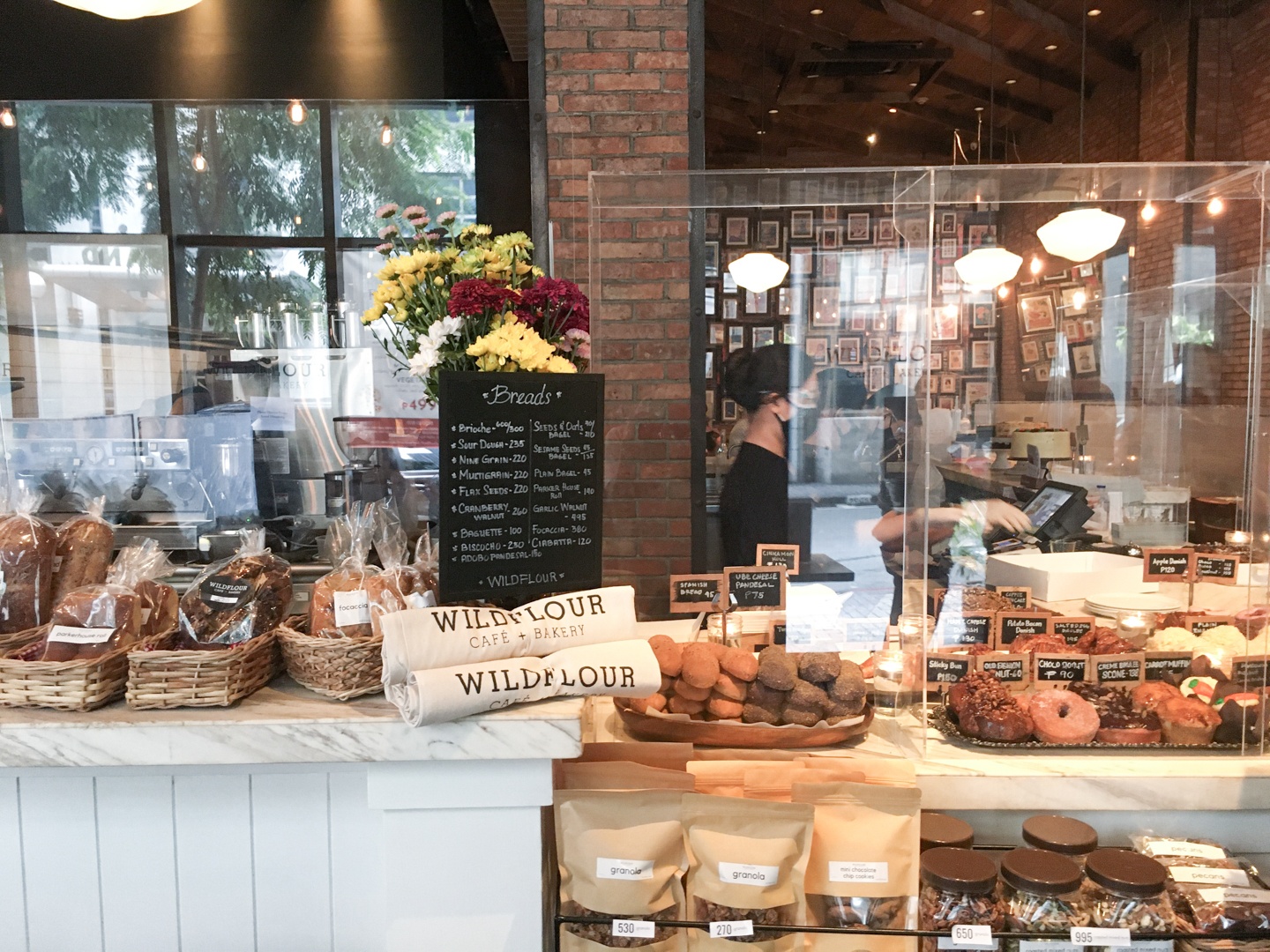
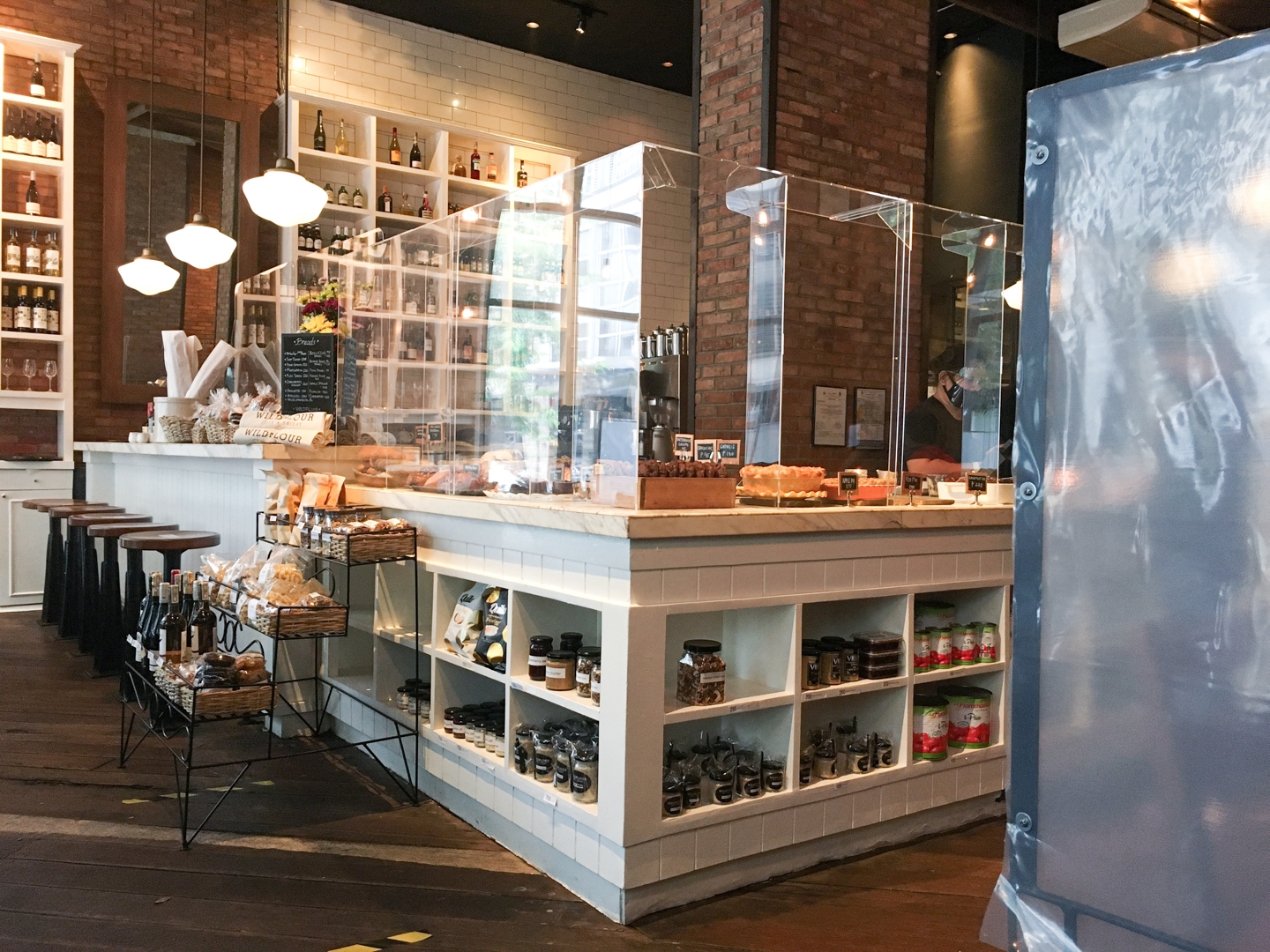
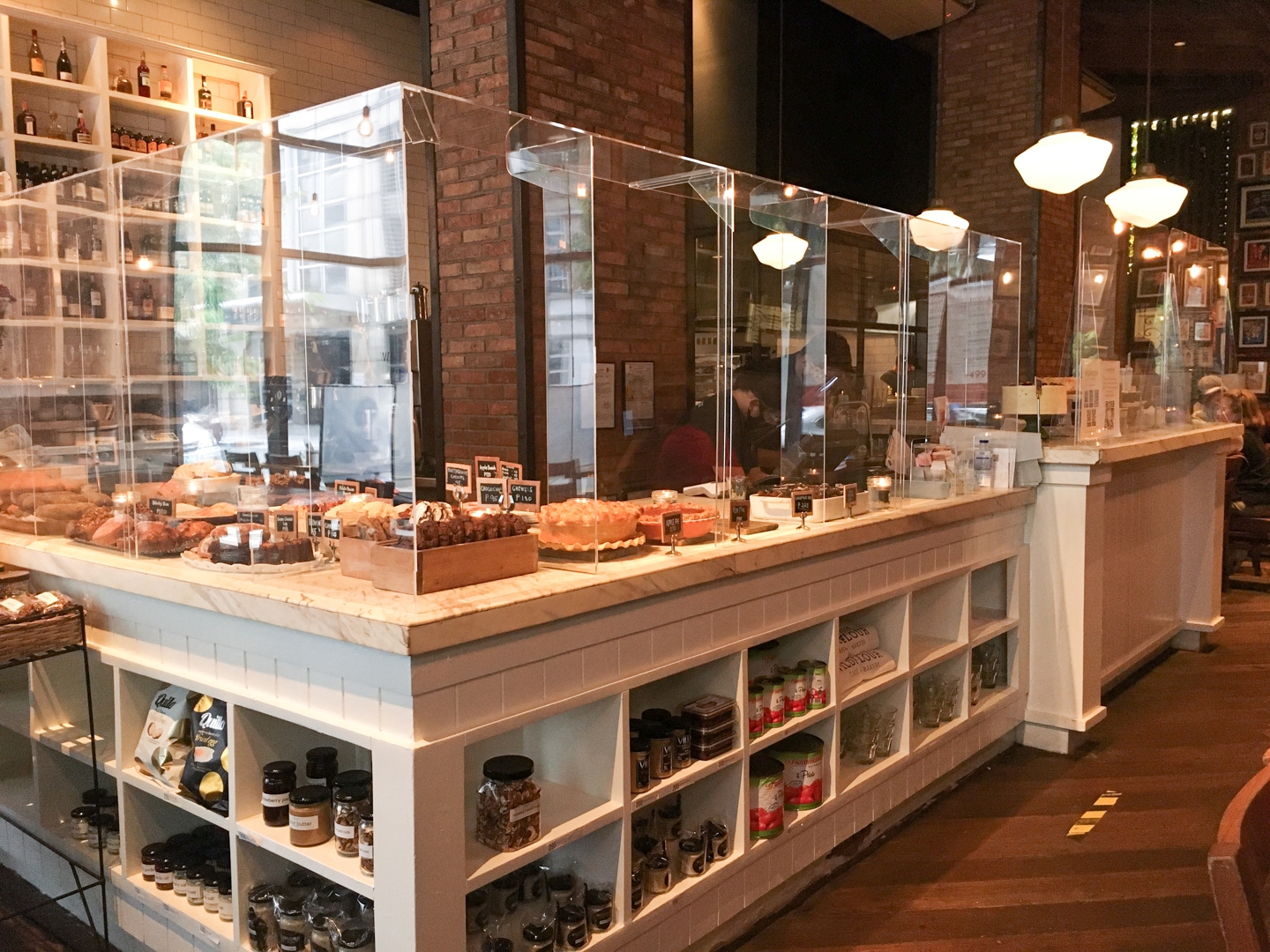
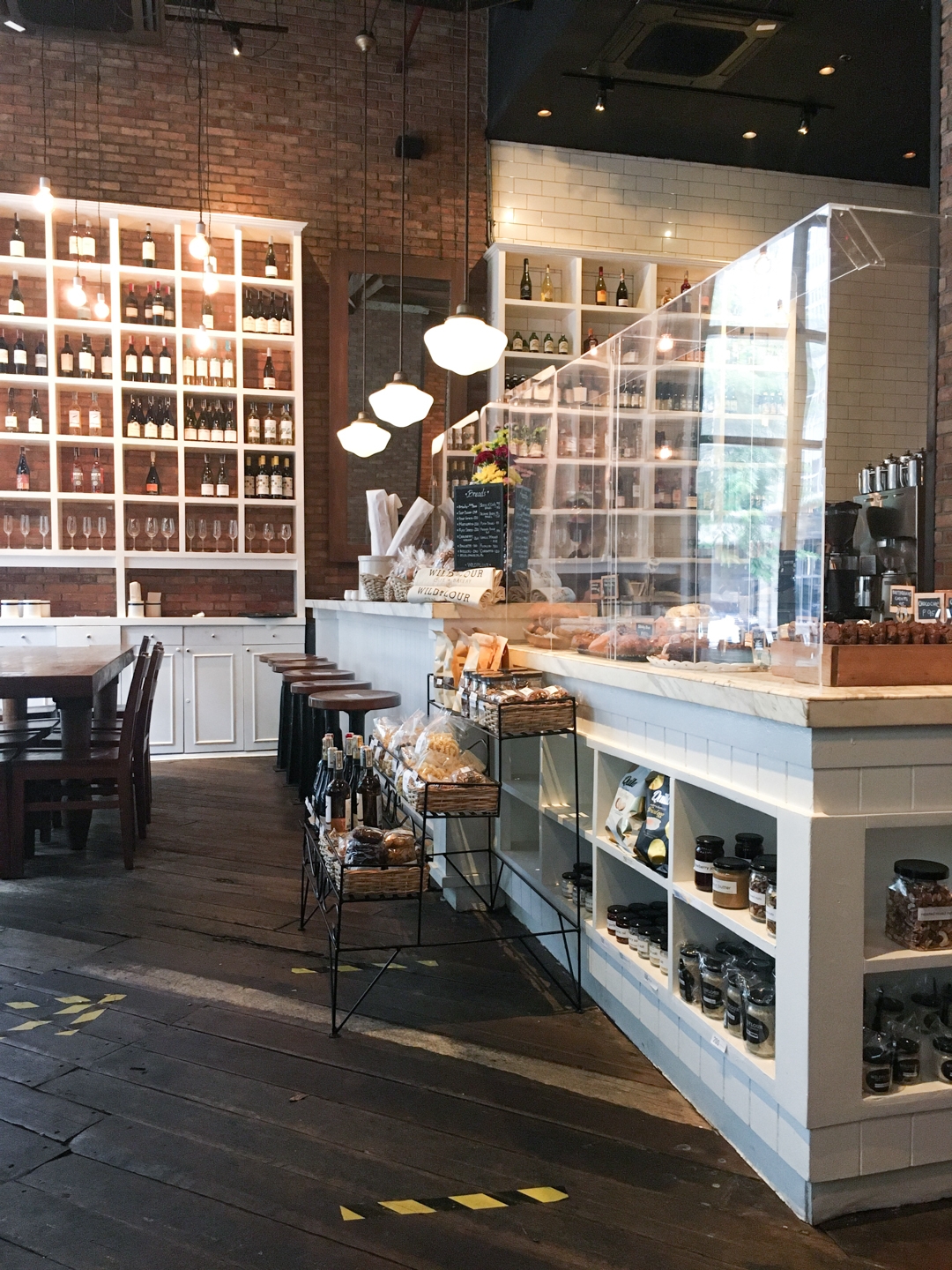
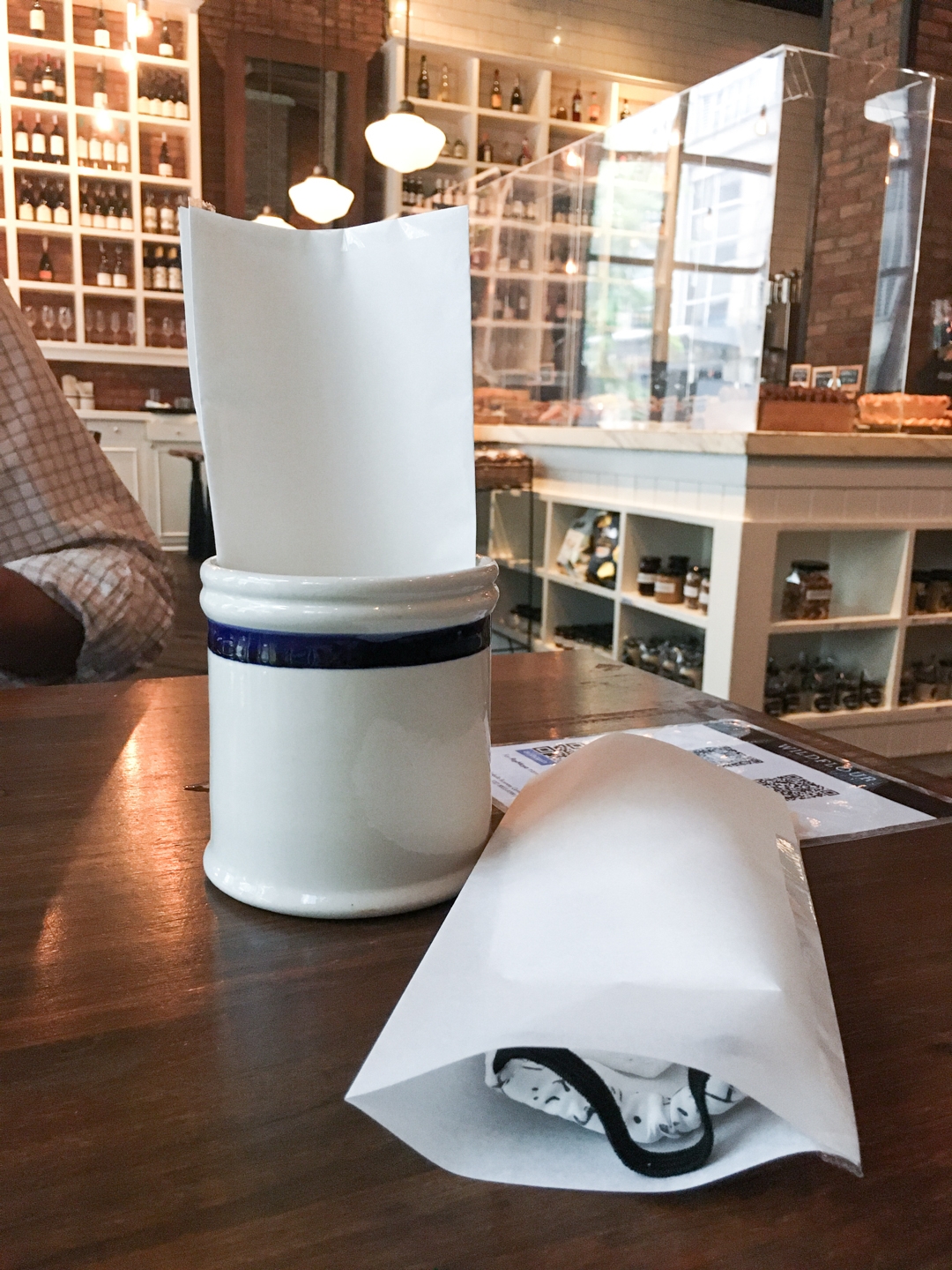
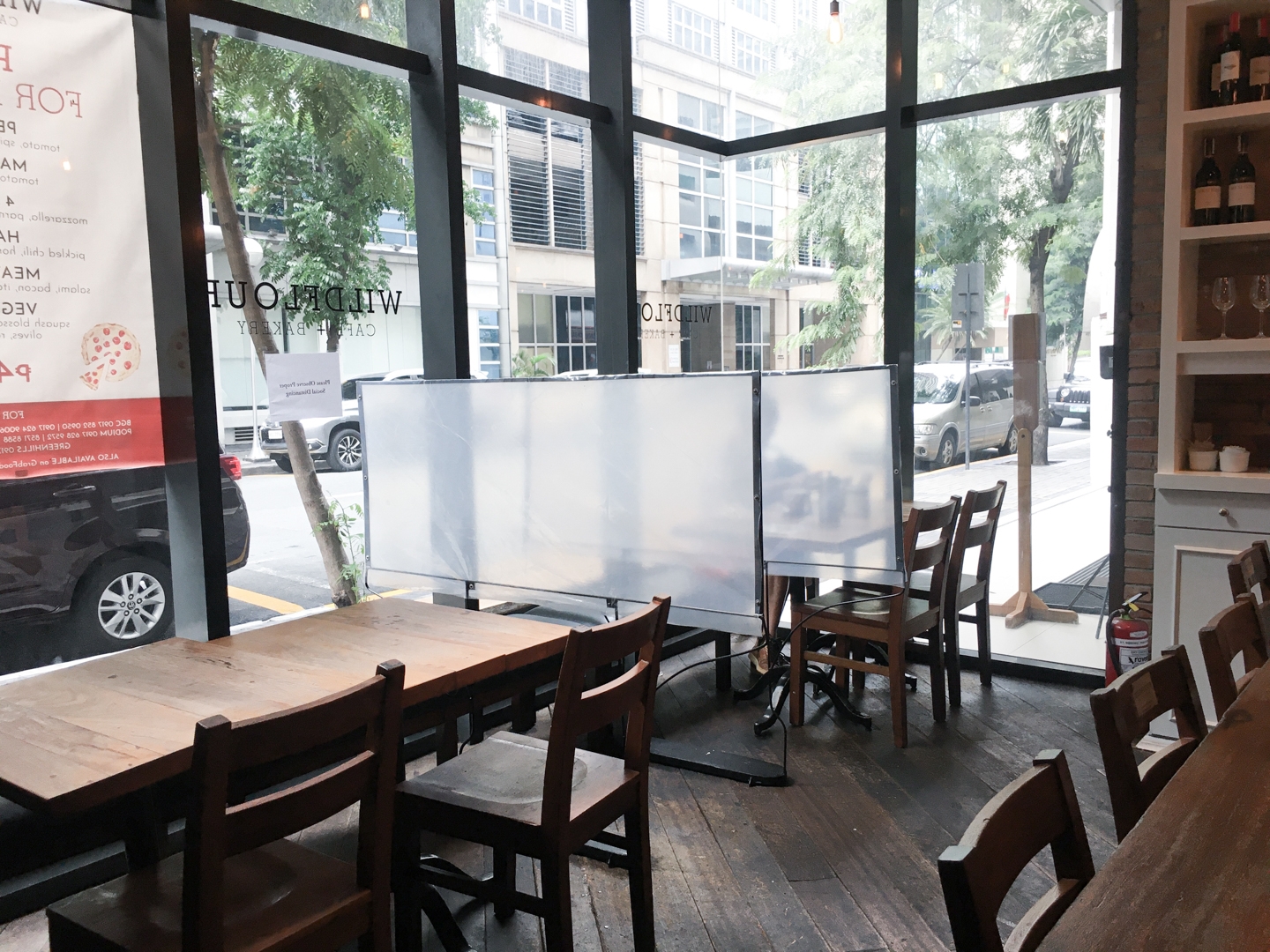
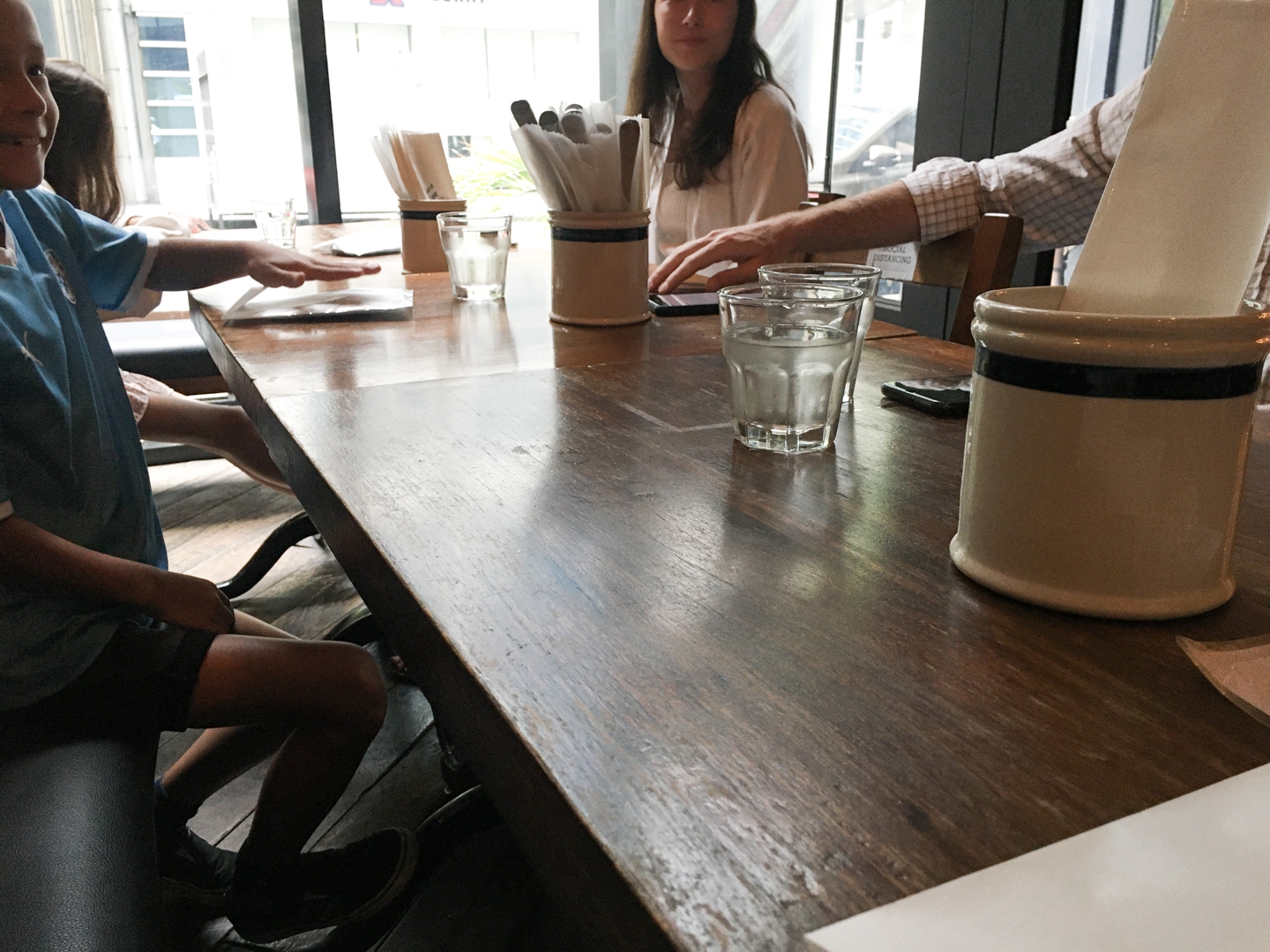
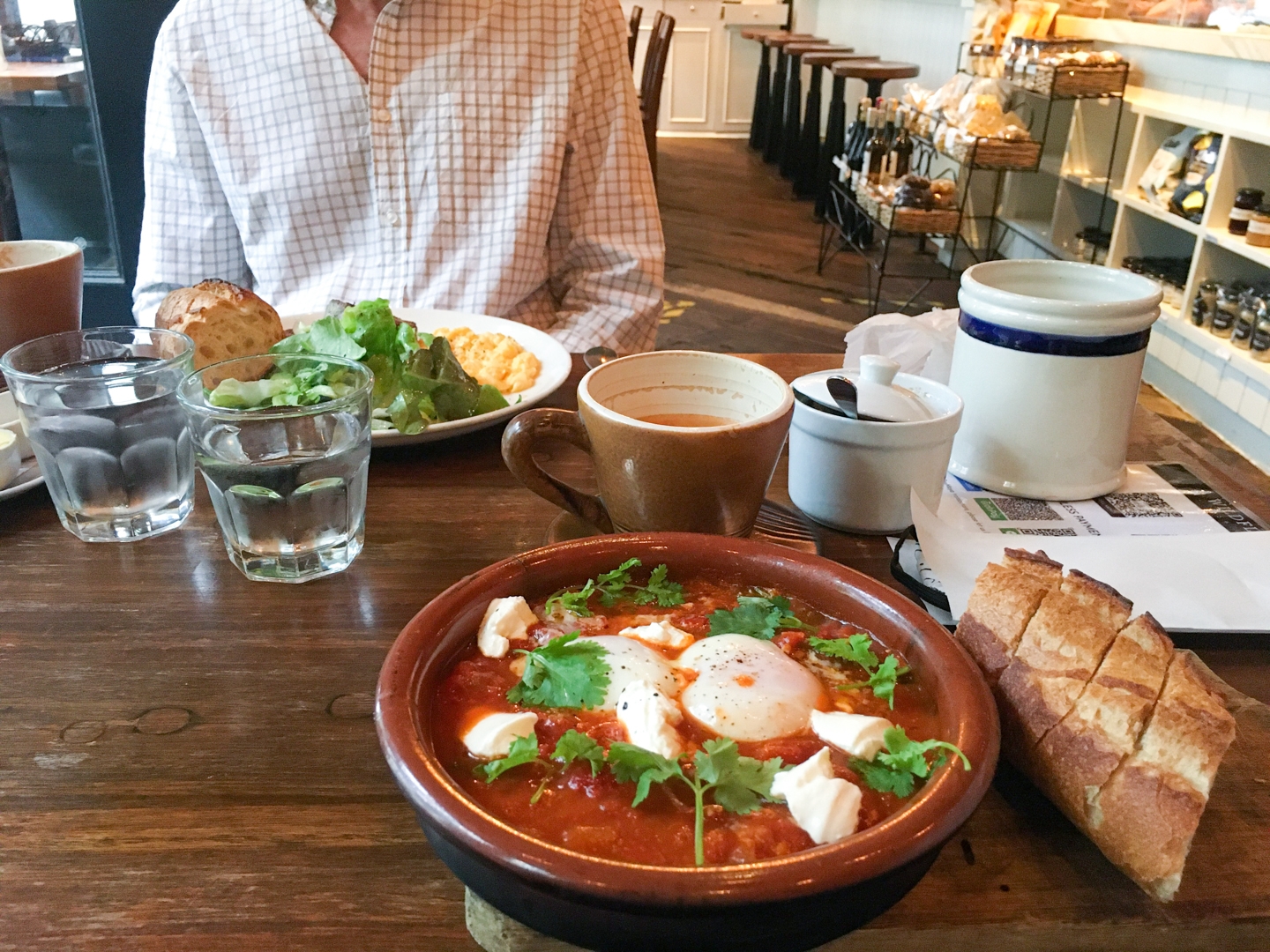
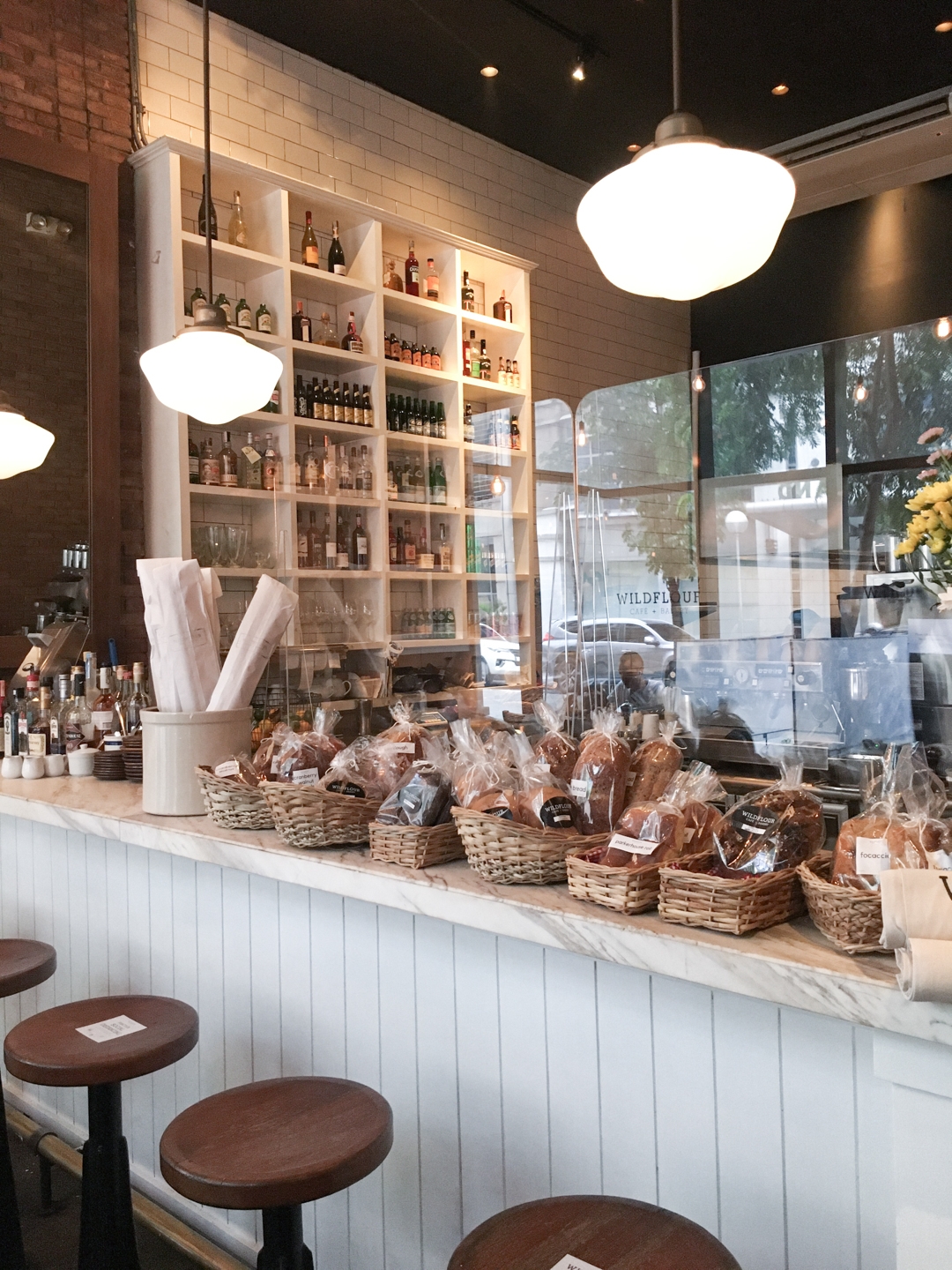
Overall Experience
We’re doing fine. My expat friends, who have stayed in Manila, and I agree that we feel safe here. For some of us, we feel that we are safer here than in our home countries. It’s been wonderful to have my husband and our kids close to me. I’m grateful for the health of my family. Anything beyond it is a bonus.
Through my experiences in the last 4 months, I grew much respect for the Filipino citizens. I have witnessed how patient and thoughtful they are. Everyone whom I’ve encountered exhibits respect for others, wears a mask and duly follows the process of screening everywhere you go.
The Philippines is the only country where I have seen priority signs for all elderly people, people with disability, and pregnant women literally everywhere: stores, supermarkets, public transportations, hotels, restaurants, cafes, museums, parks, and so forth. I see this system in the societies as a sign that Filipinos truly care about those who are vulnerable.
I feel nothing but gratitude towards all the Filipinos, who have made it possible for us to maintain our lives in Manila during this trying time. Store workers, delivery people, security guards, police officers, and healthcare professionals have tirelessly worked in the stressful time. Thank you.
A record increase in the number of COVID-19 cases was reported on July 6. We can’t let our guard down because no one knows what our future will entail. The fight for COVID-19 still continues all over the world. The only thing we can do now is to continue doing our parts so that we can protect ourselves and those who are vulnerable.
Please take care.
Other Articles About Expat Life During the COVID-19 Crisis
Our Expat Family Life & Challenges On Lockdown
Helpful Advice For Parents For Life Under Quarantine
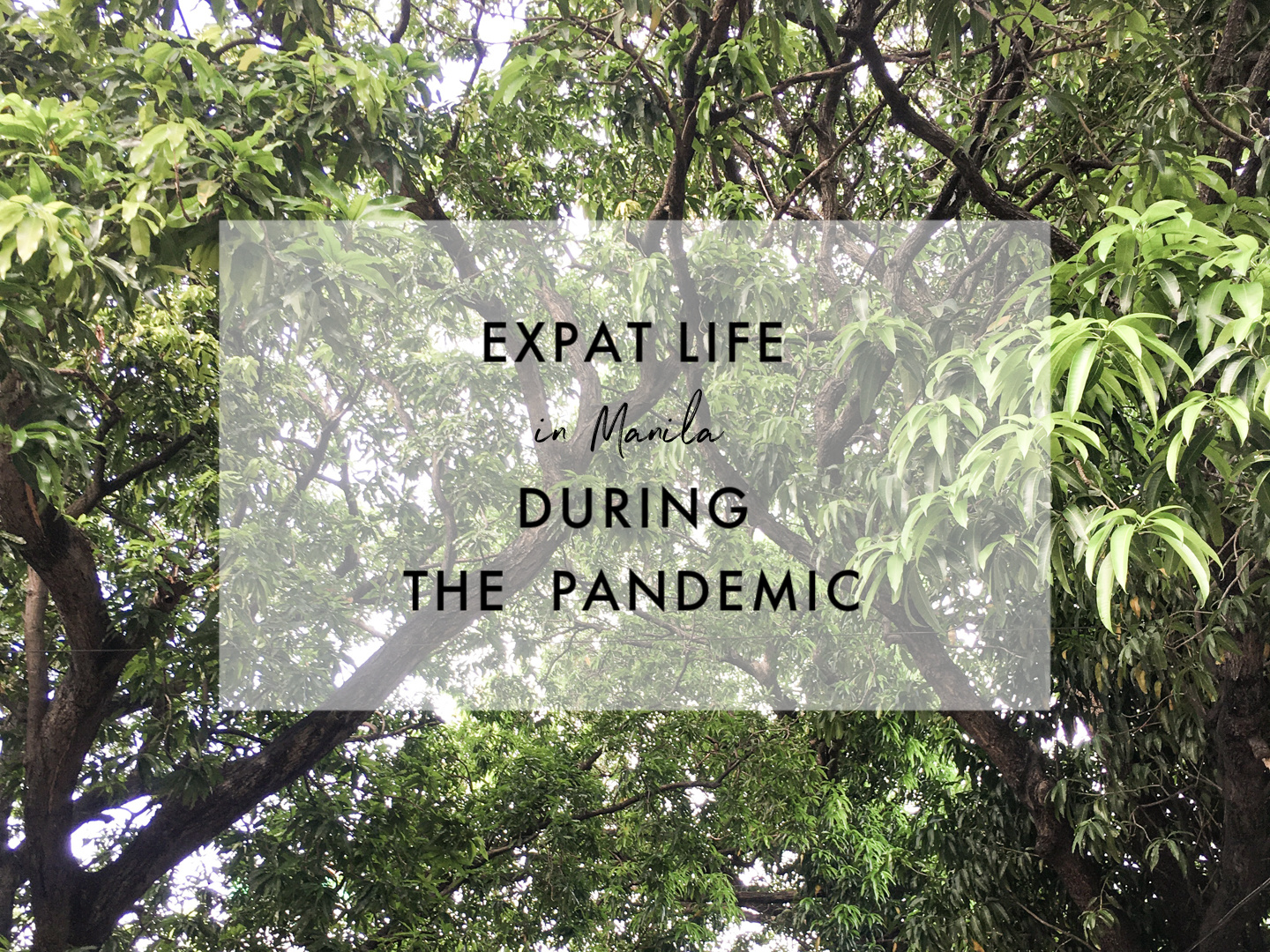
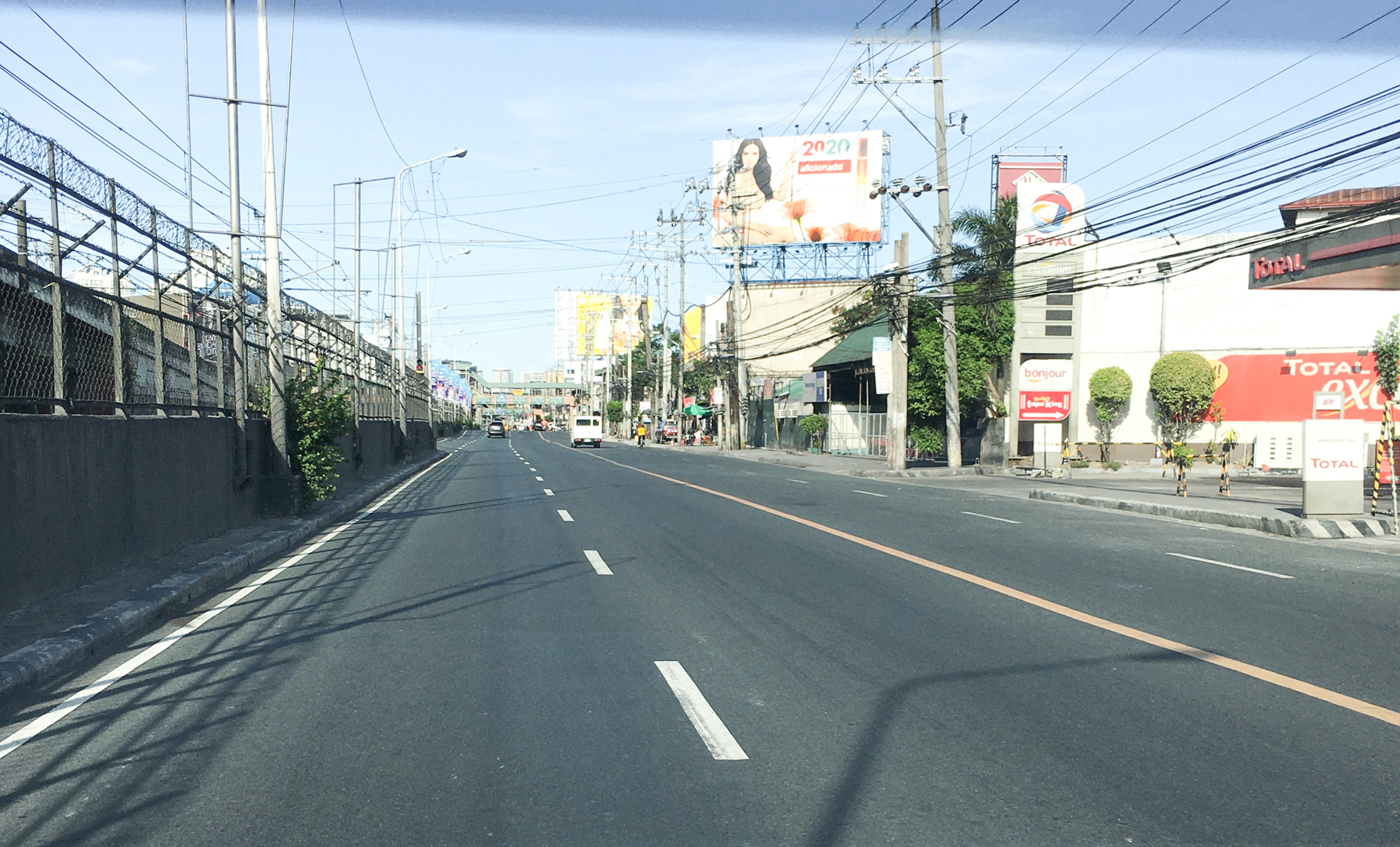
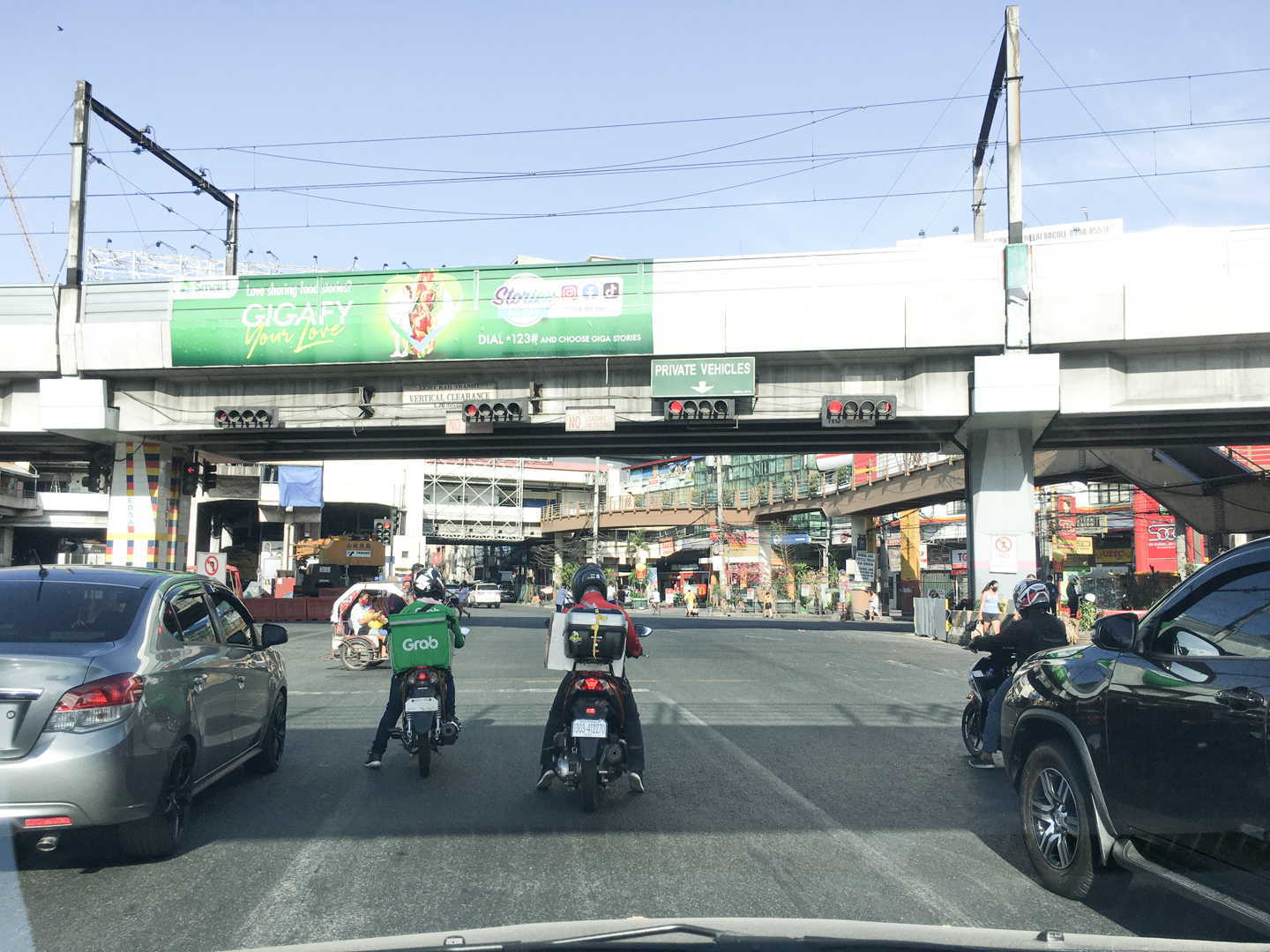
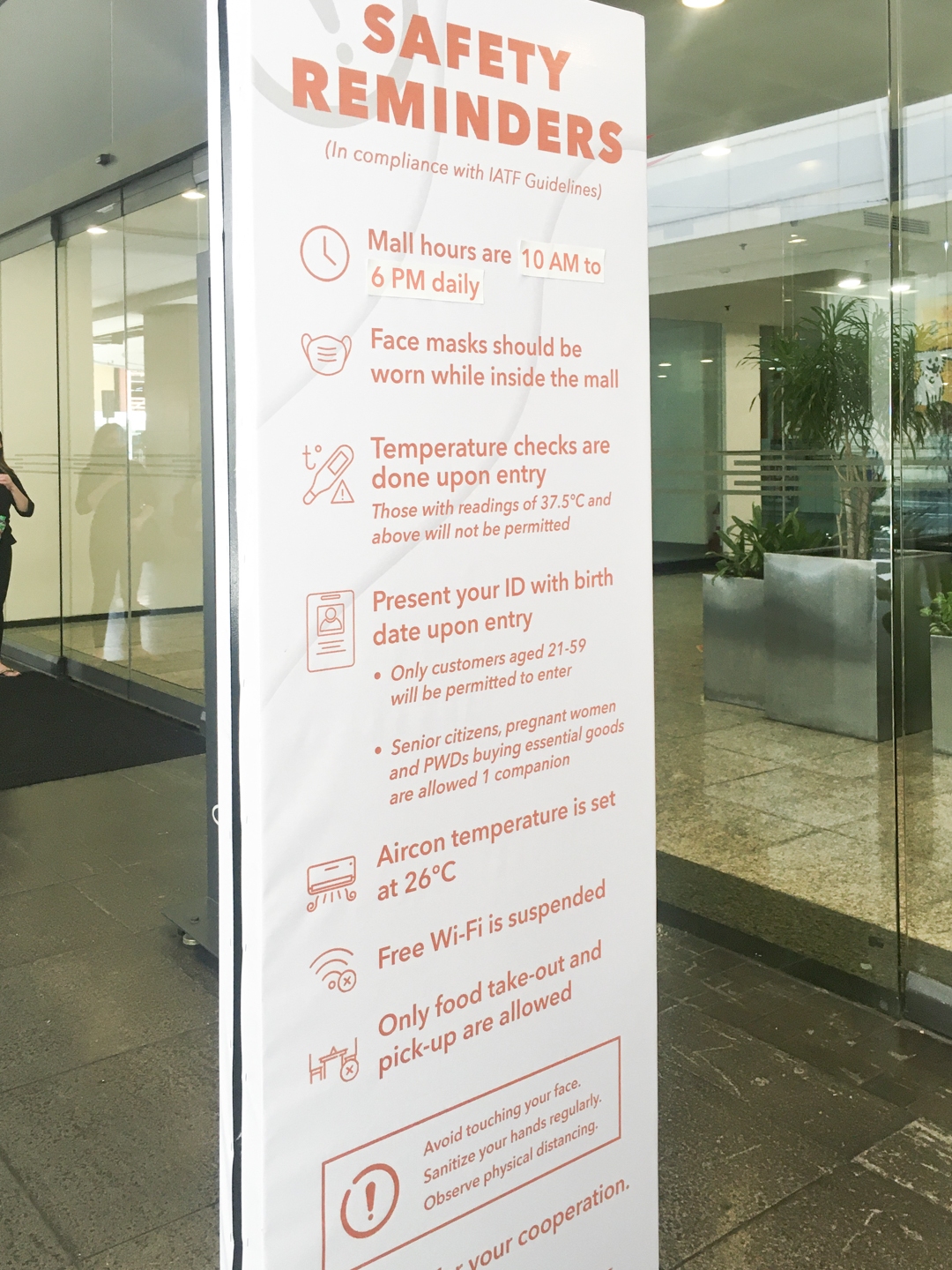
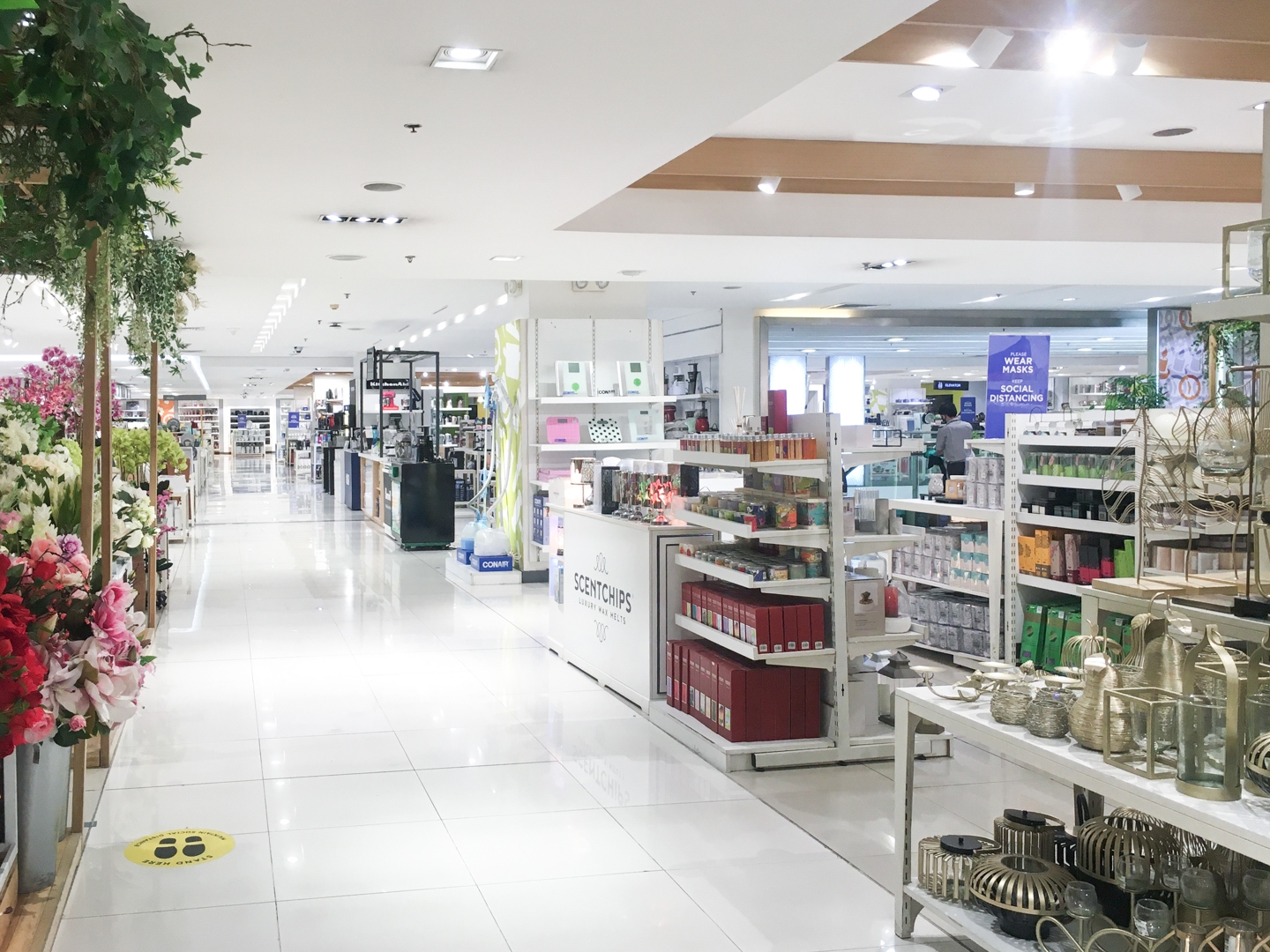
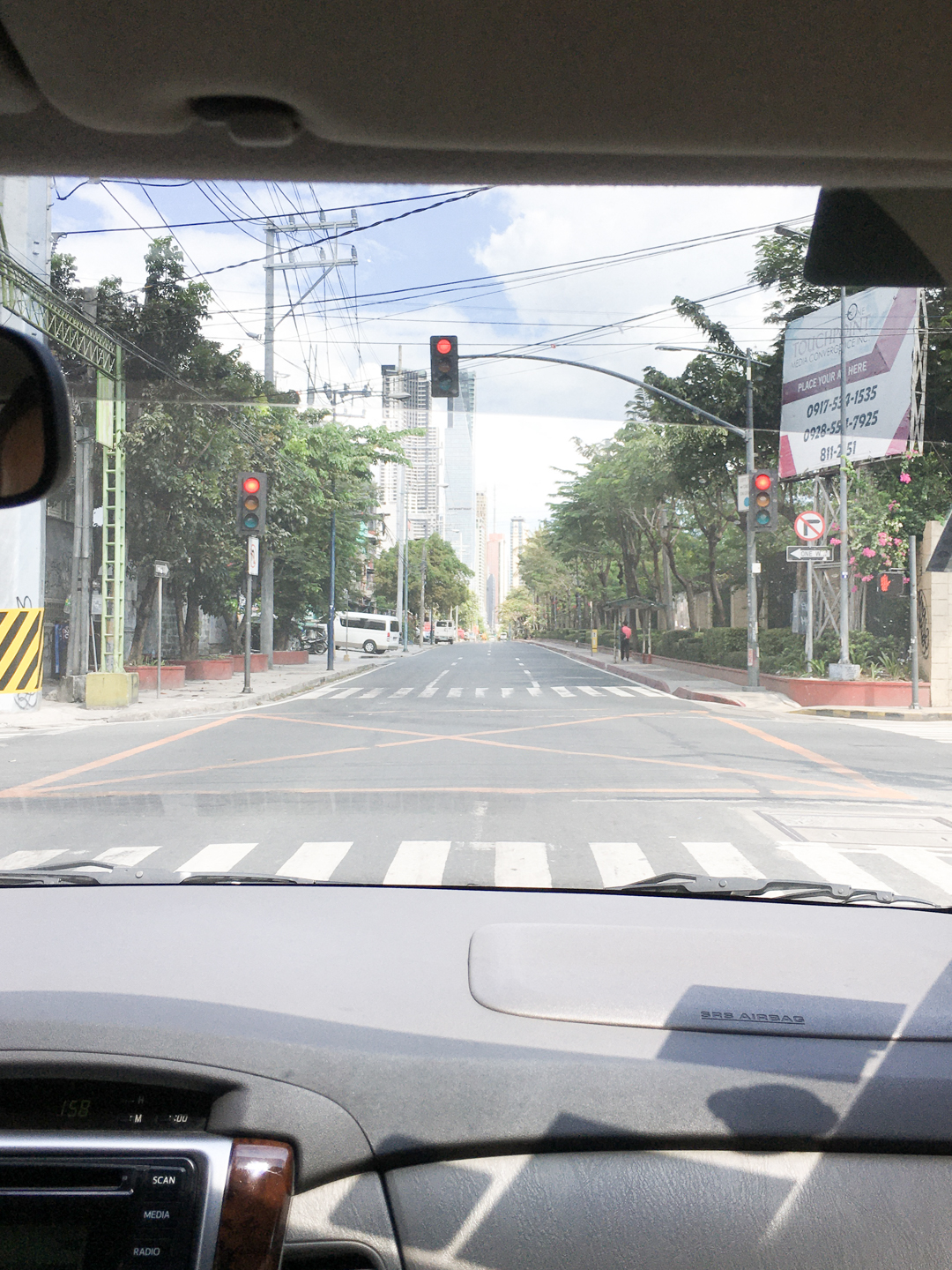

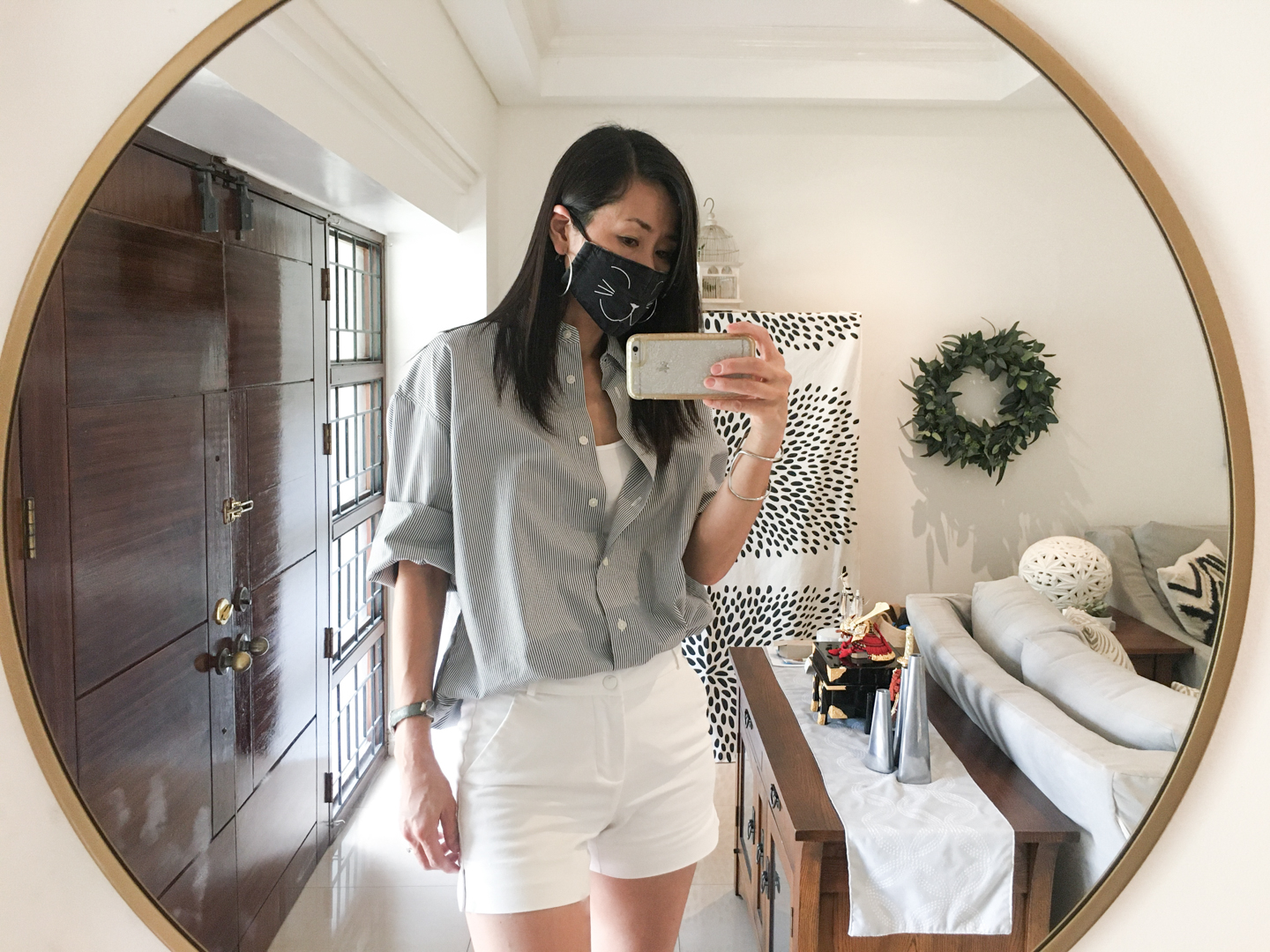
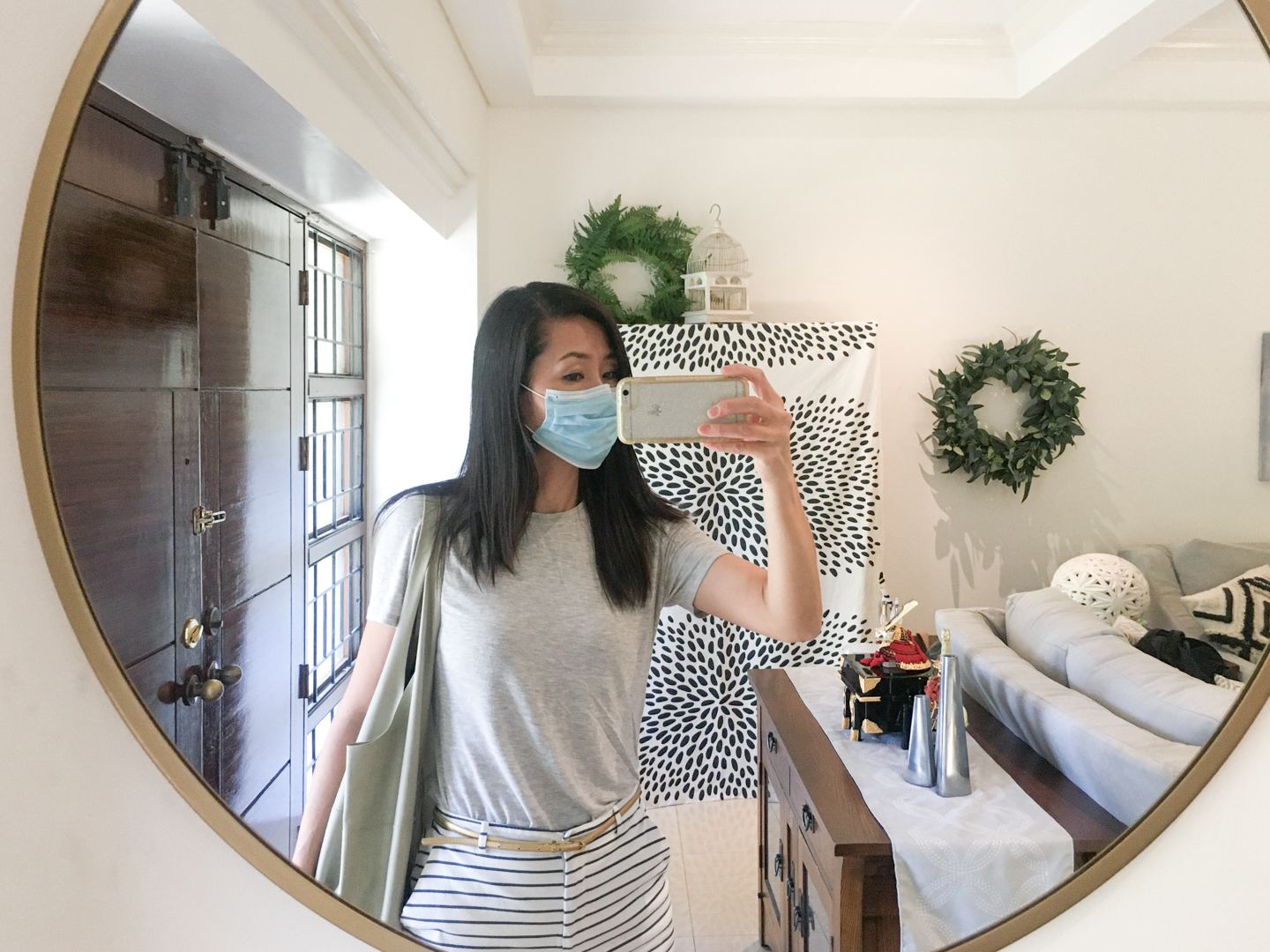
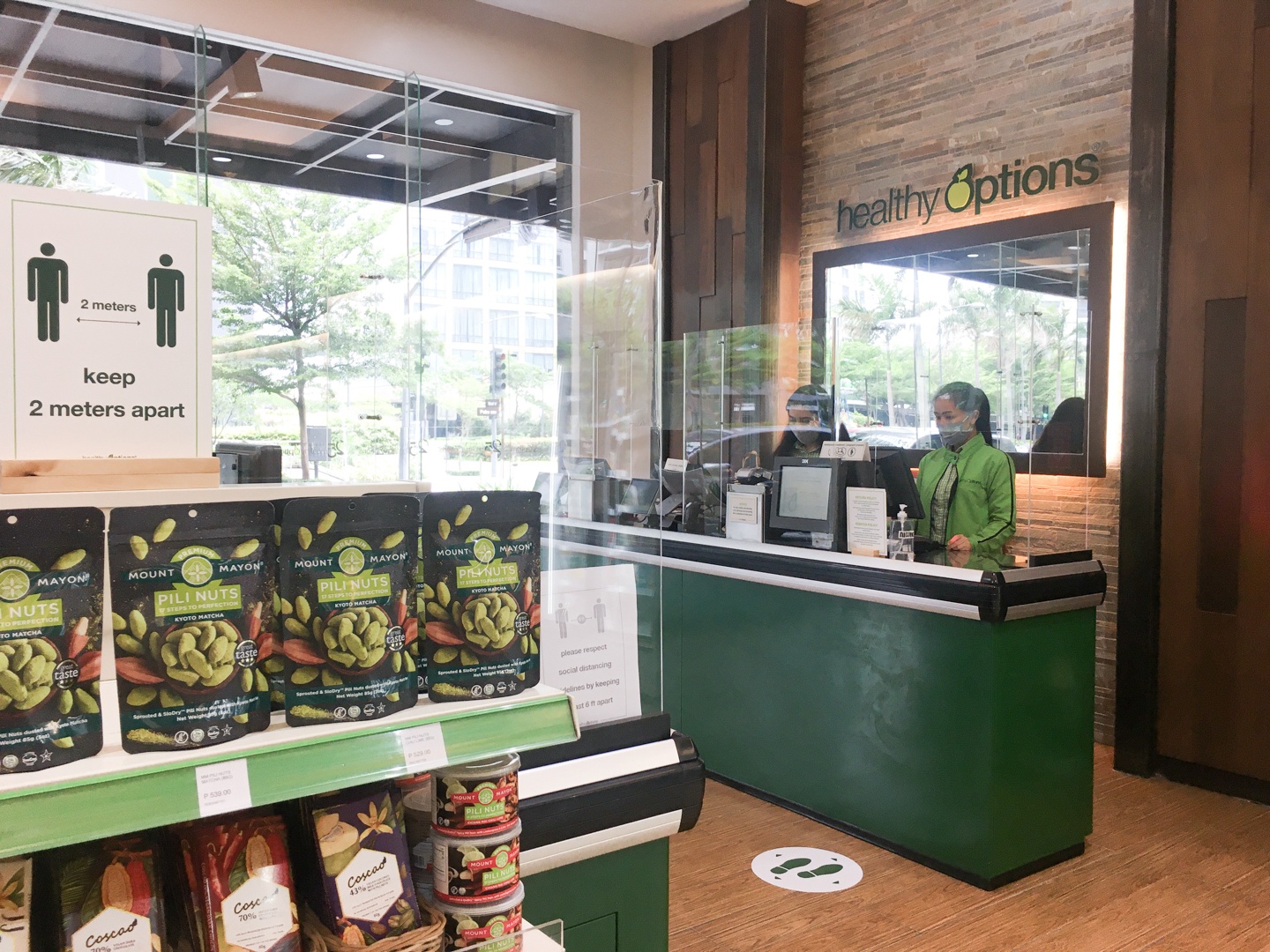
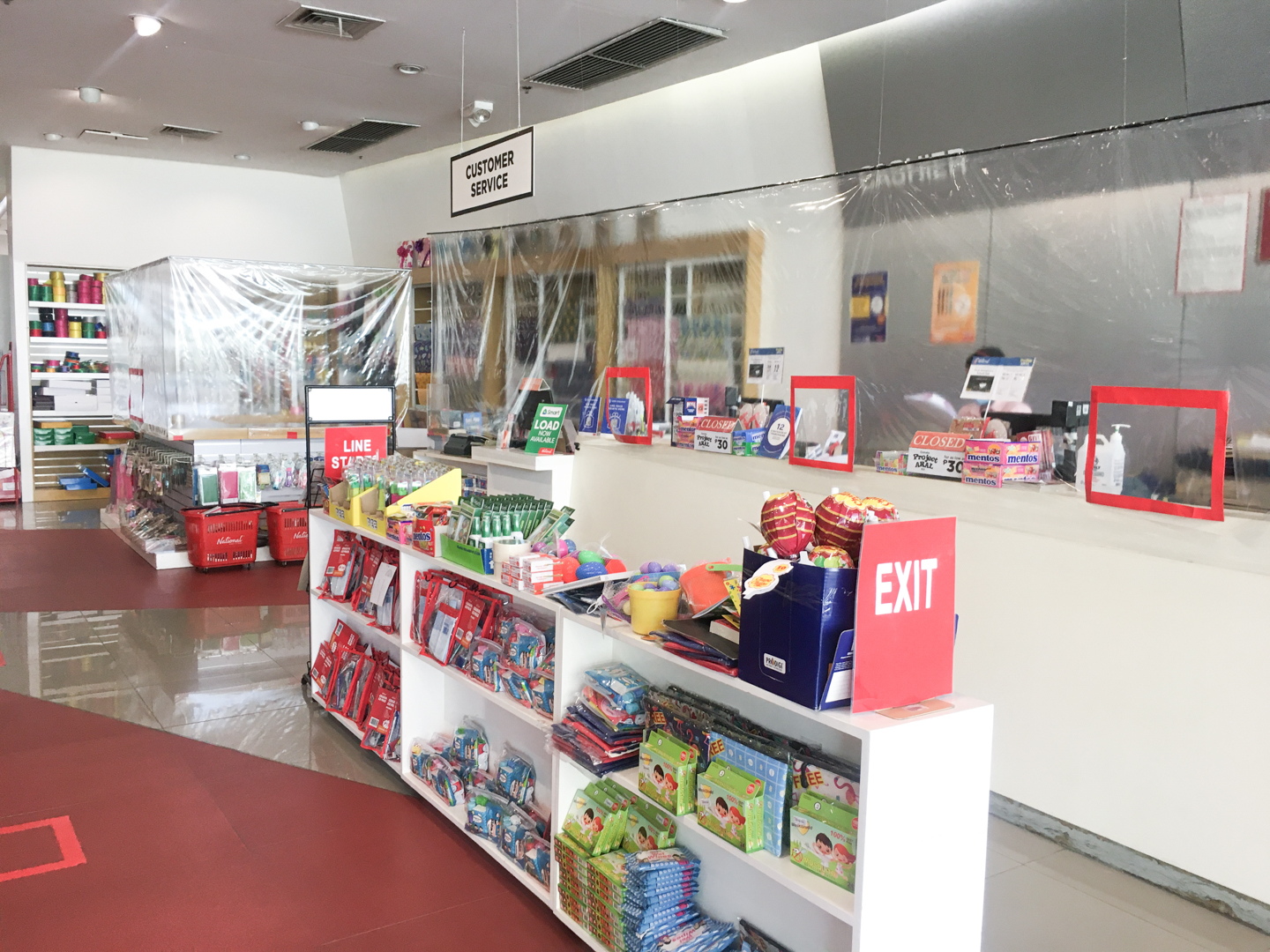
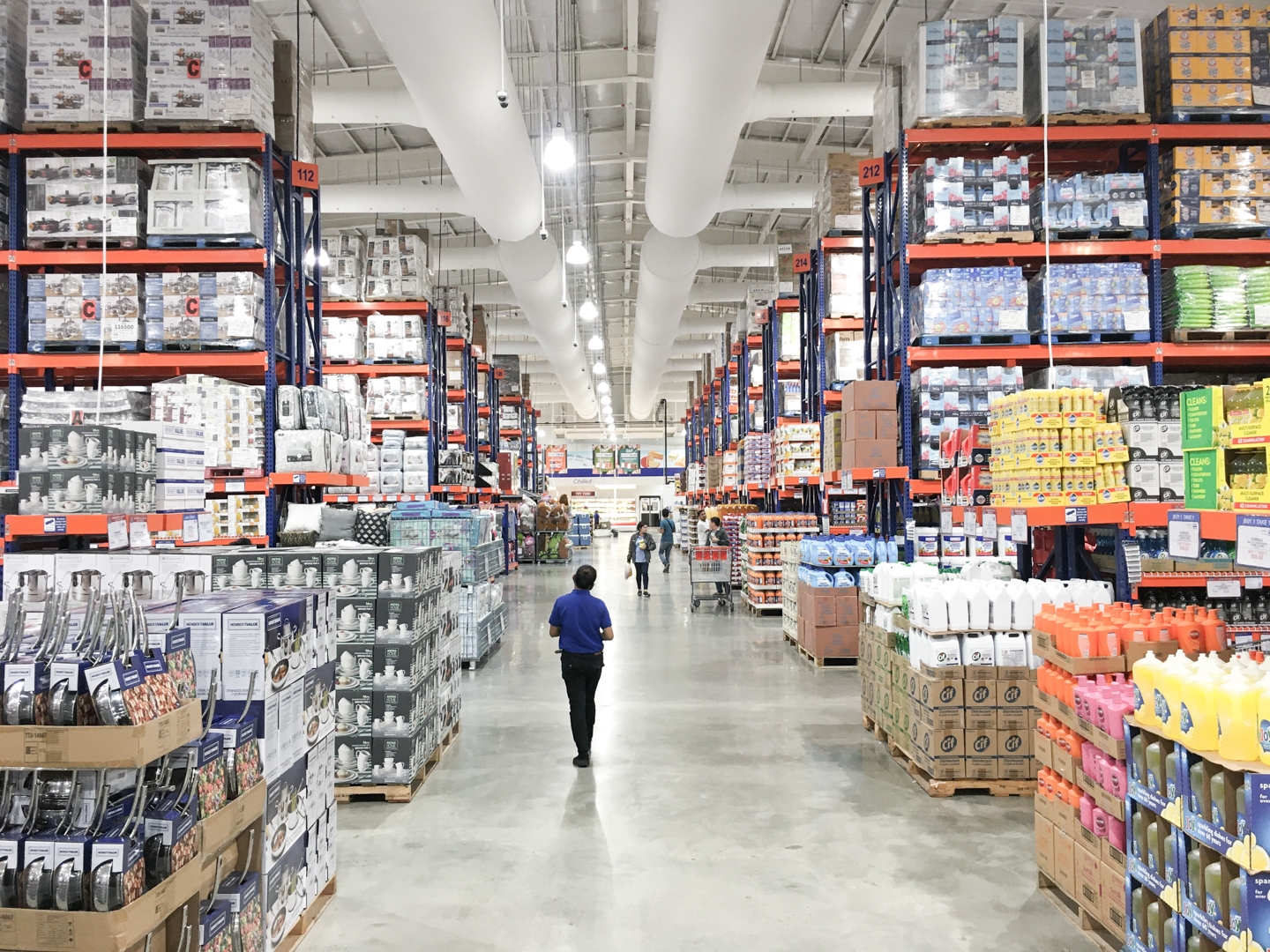
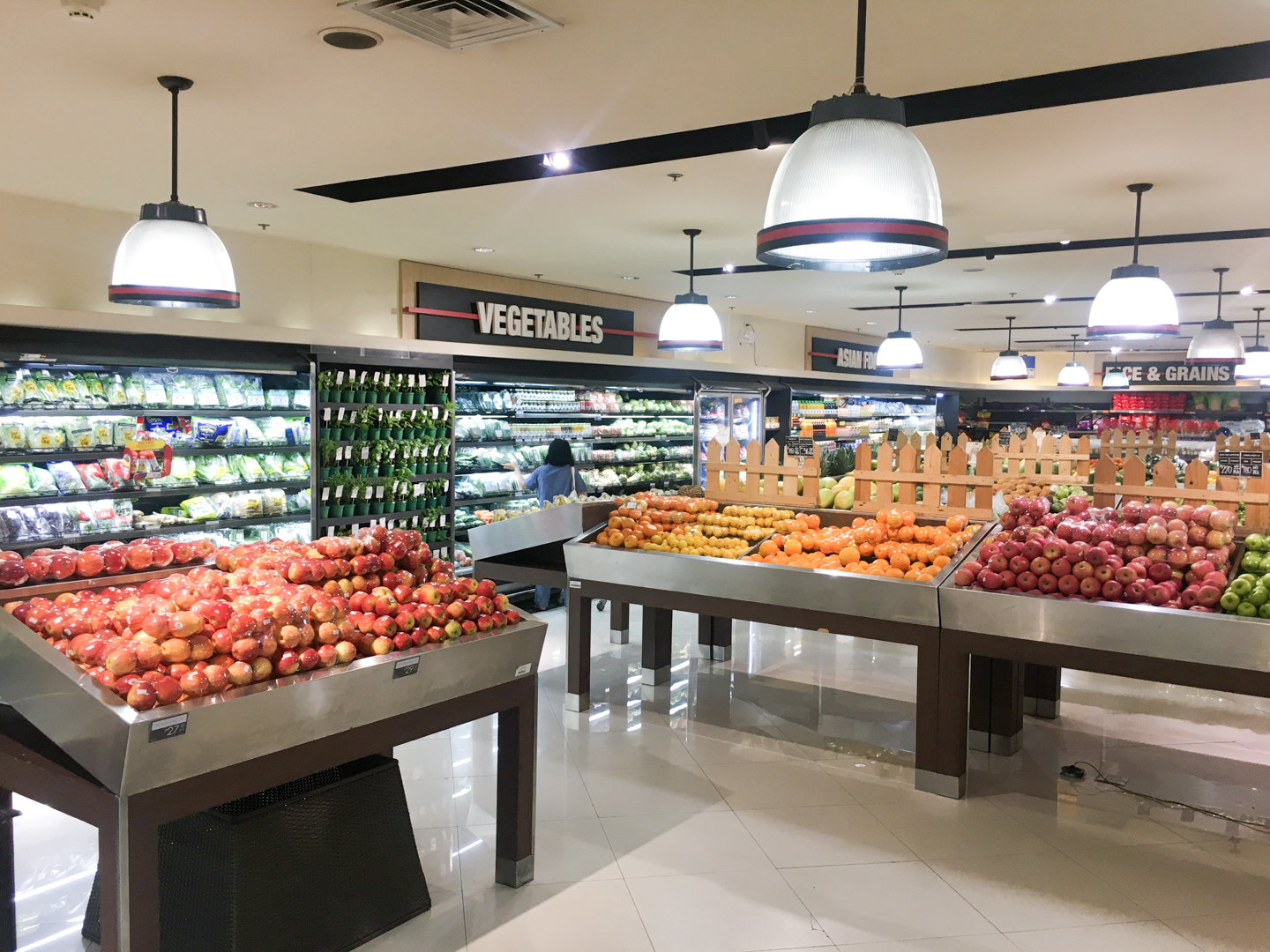
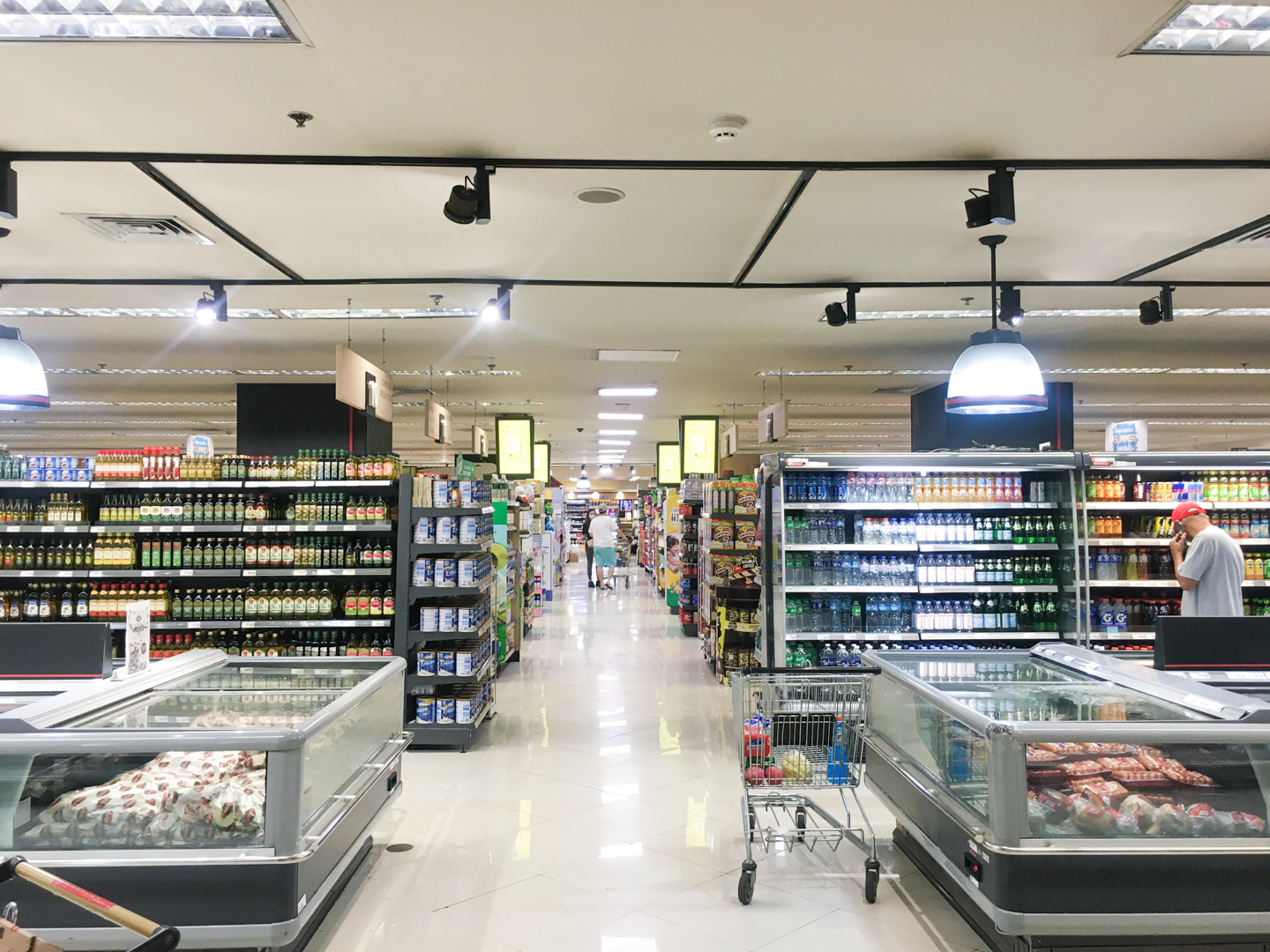
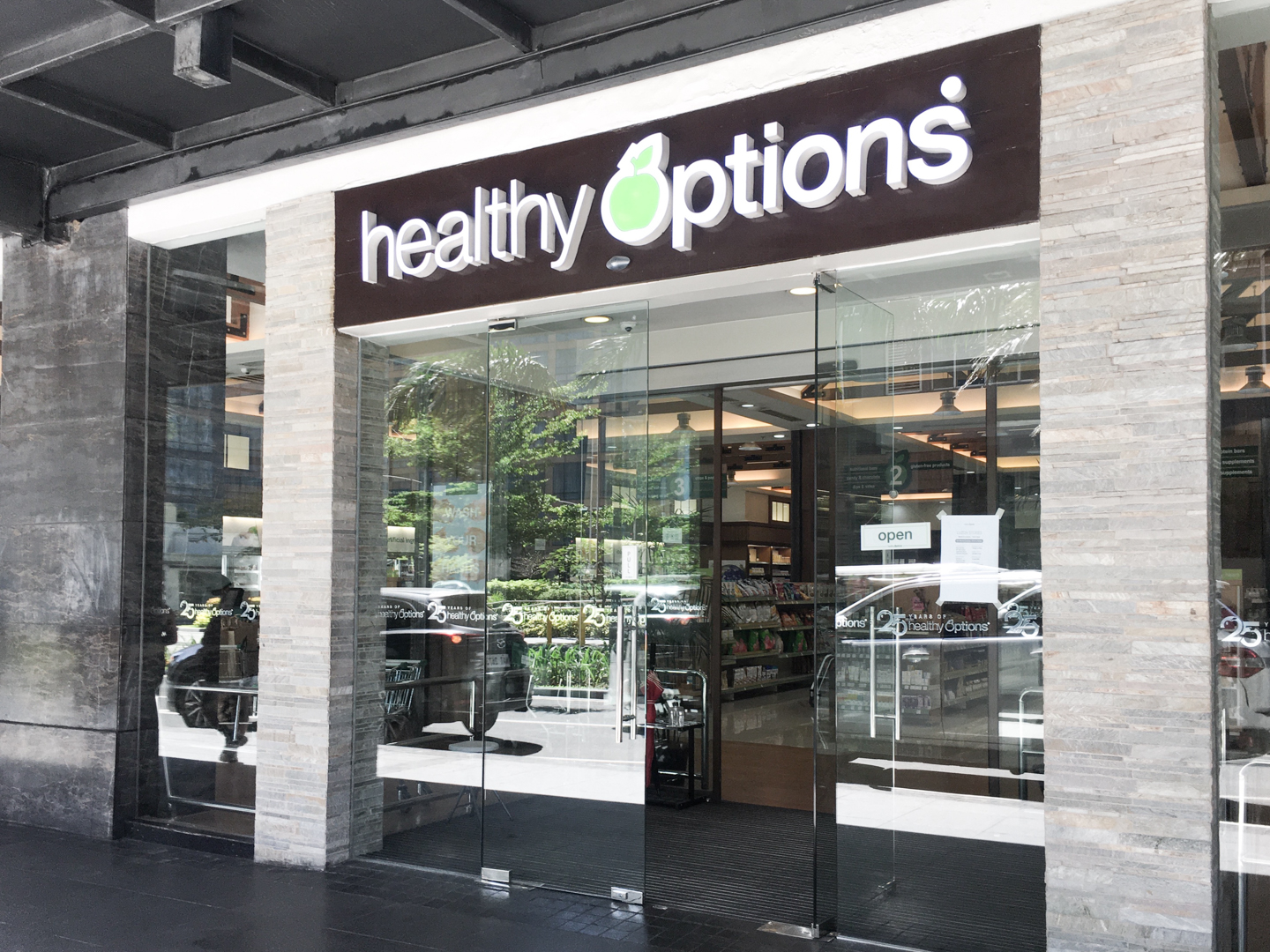

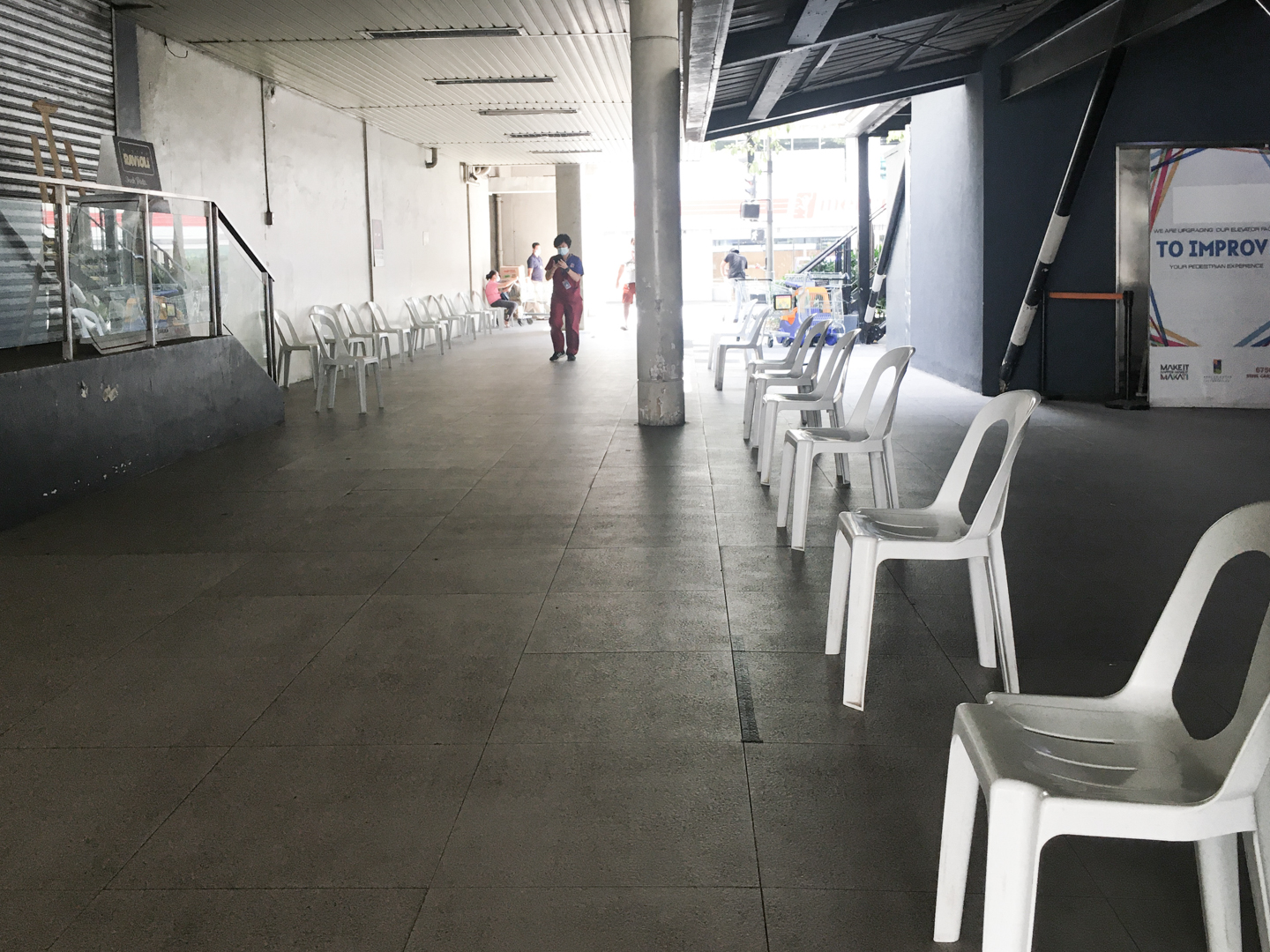
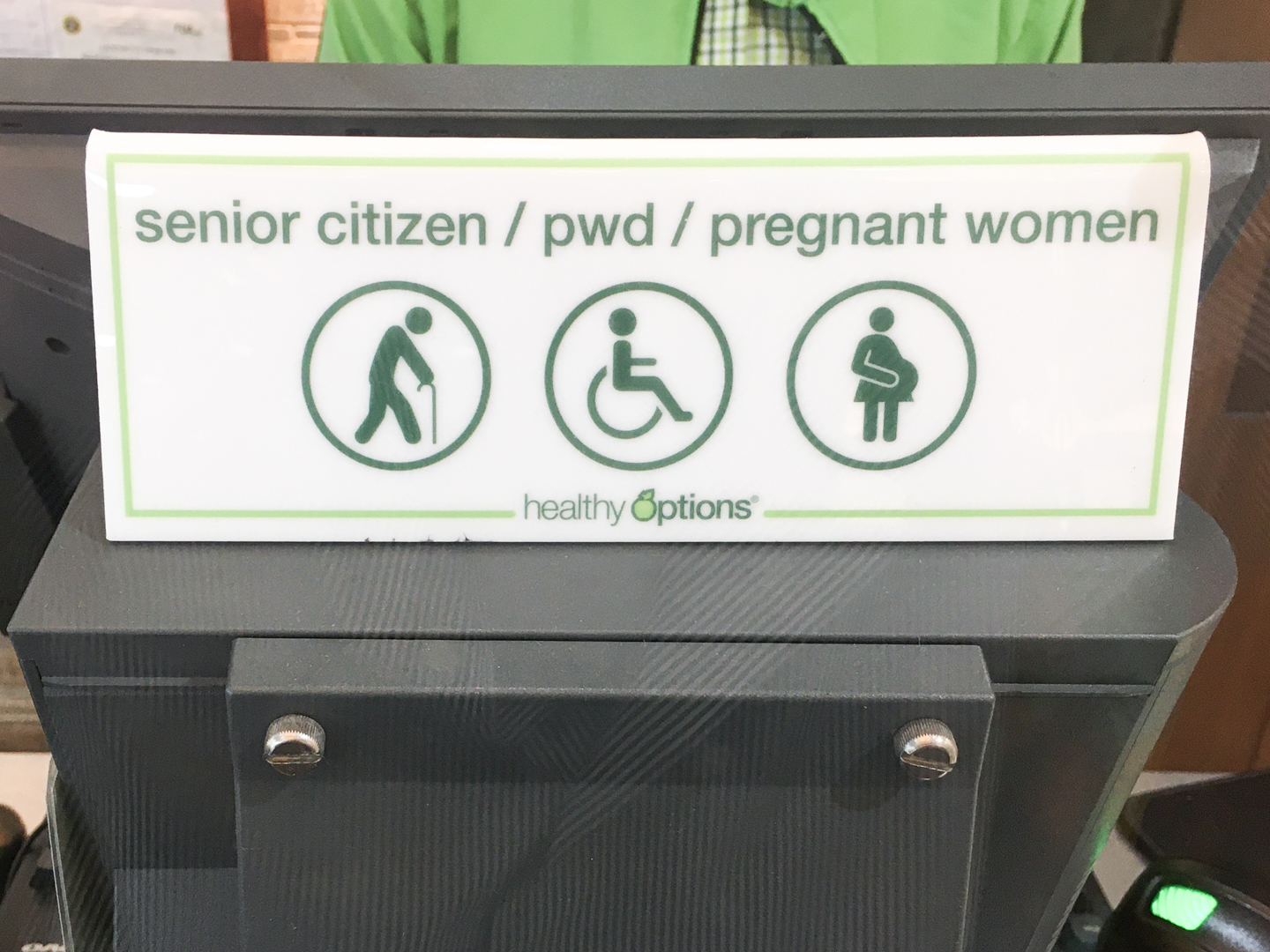
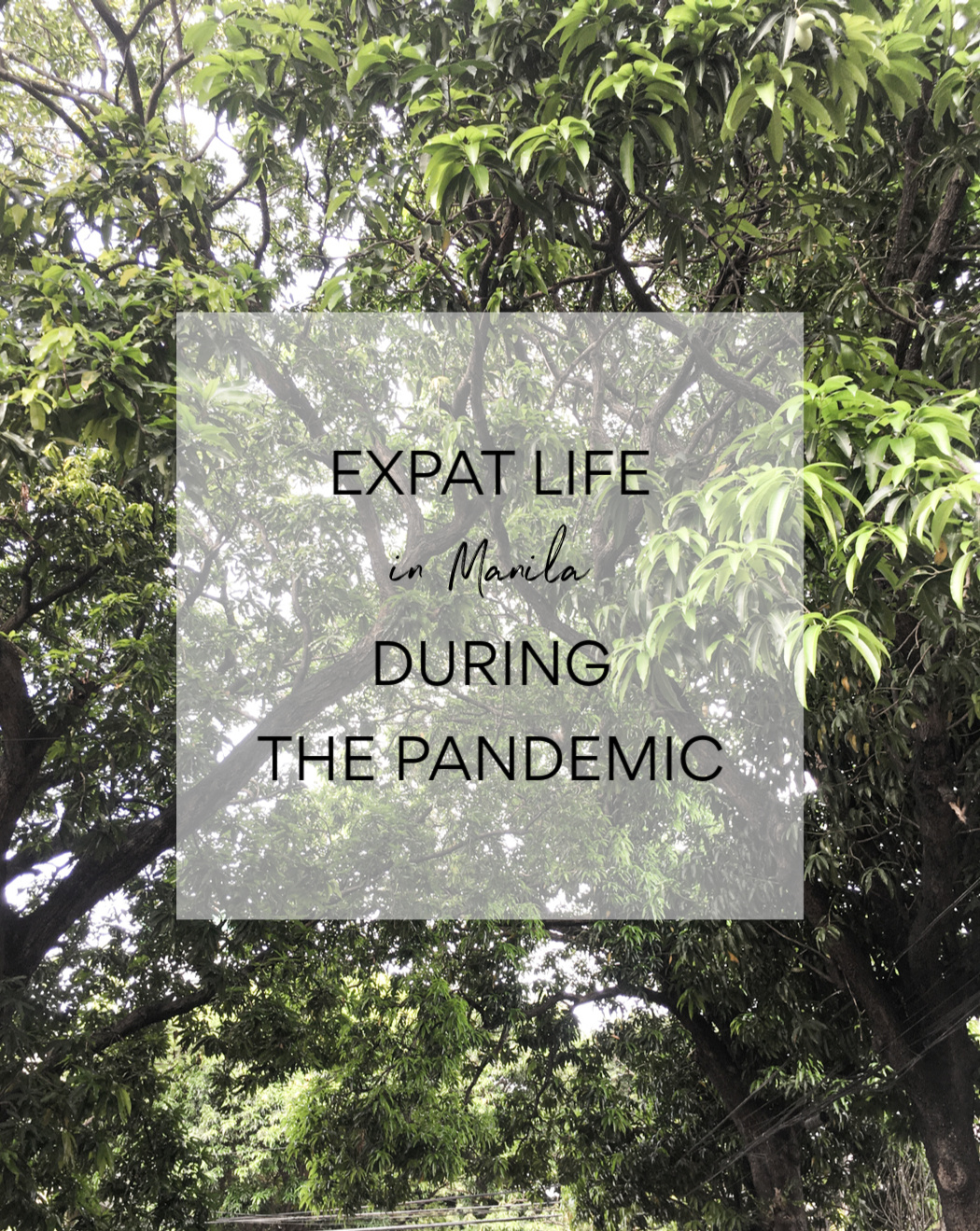
Leave a Reply